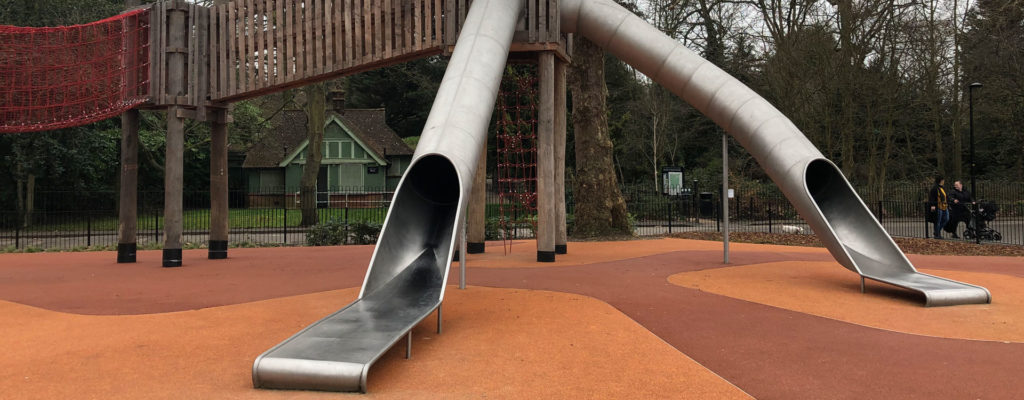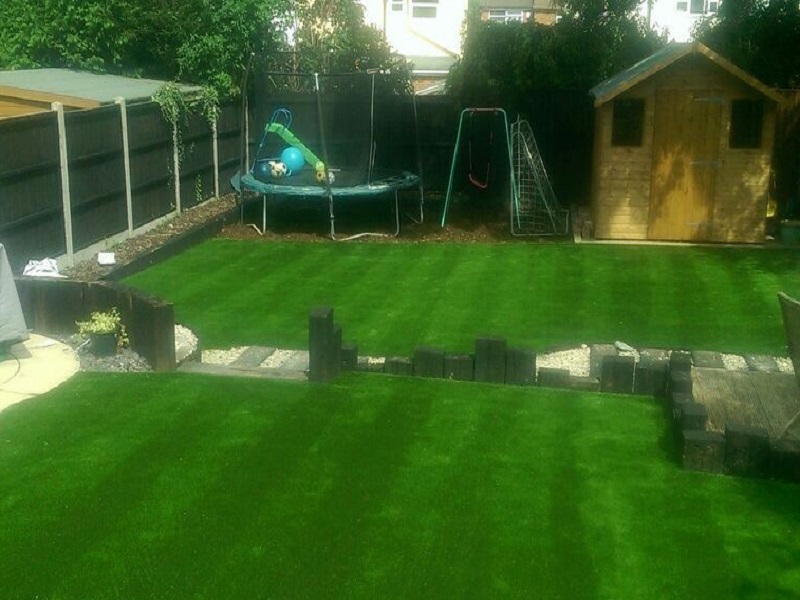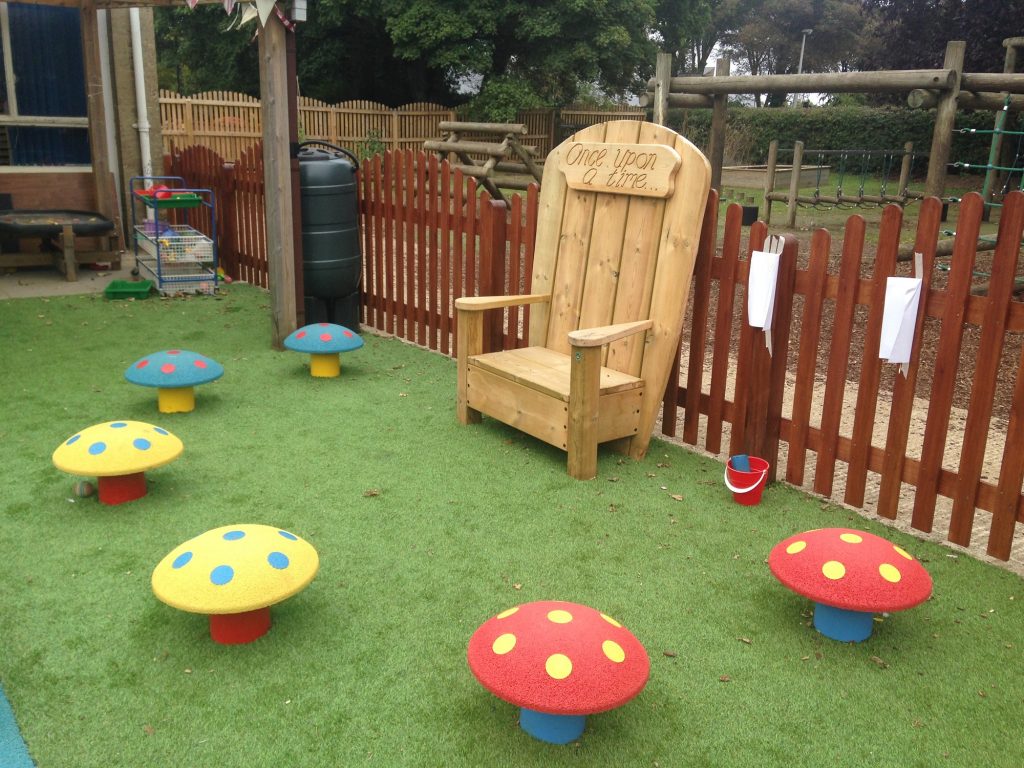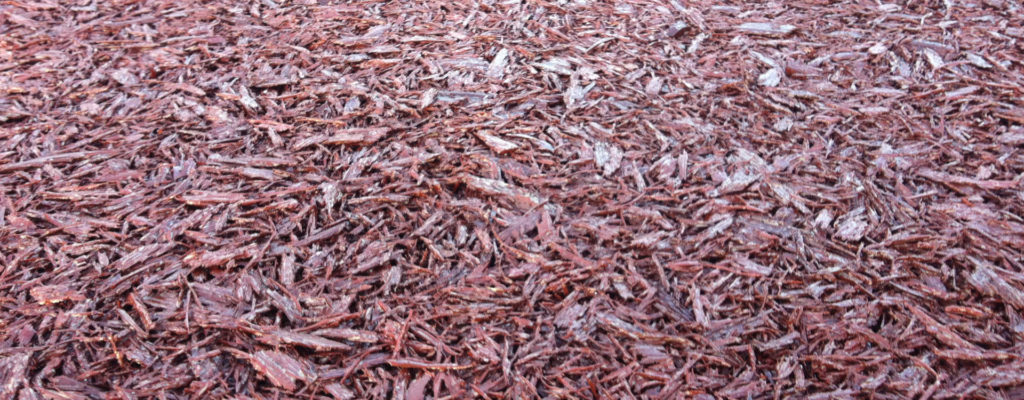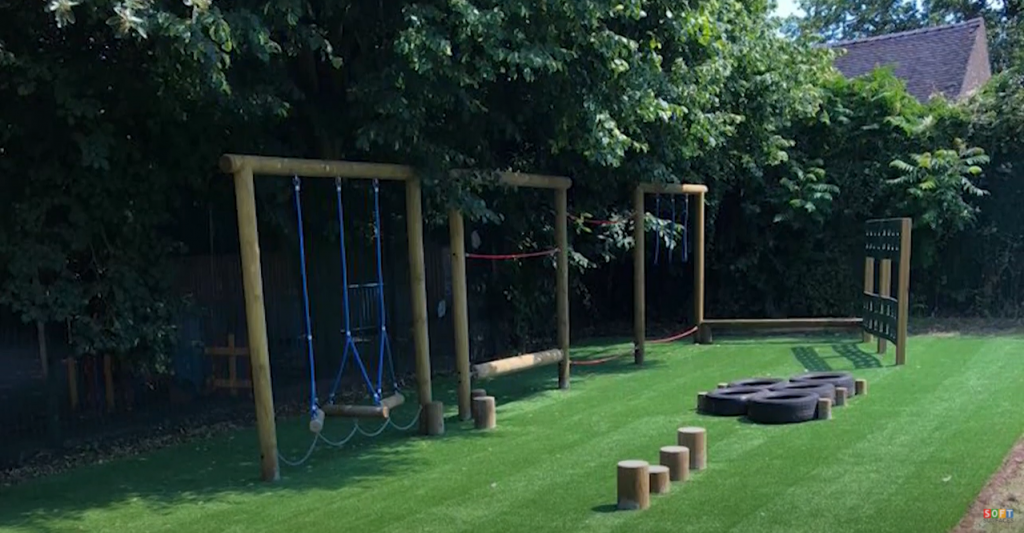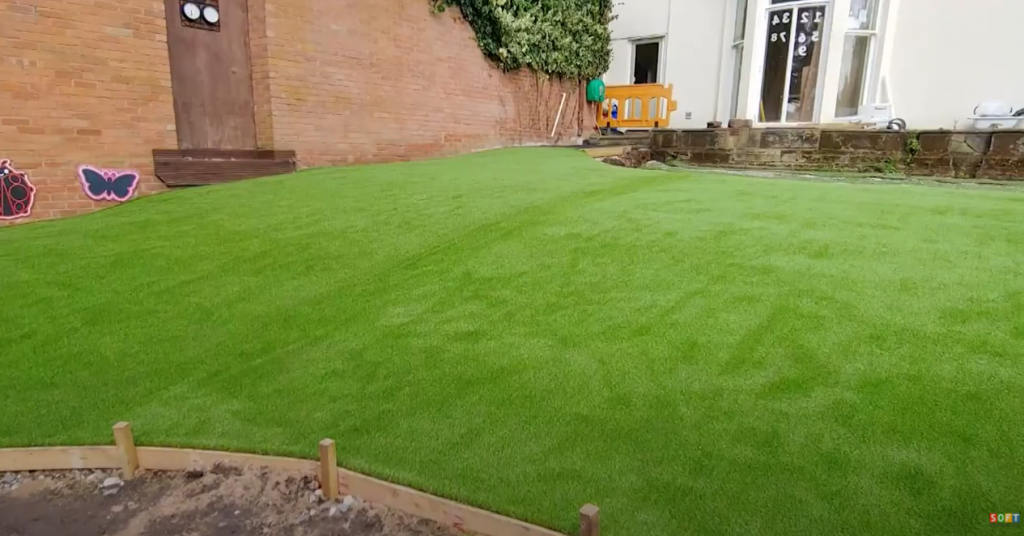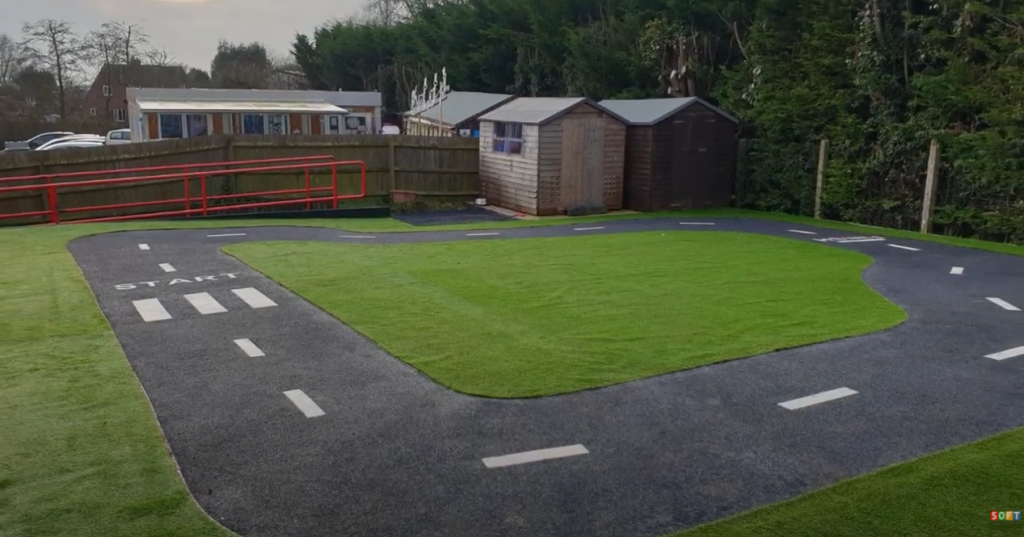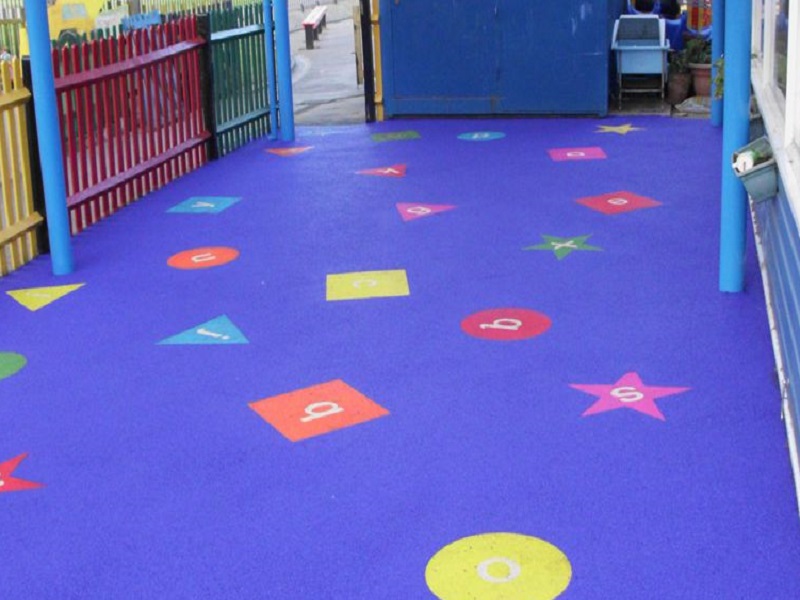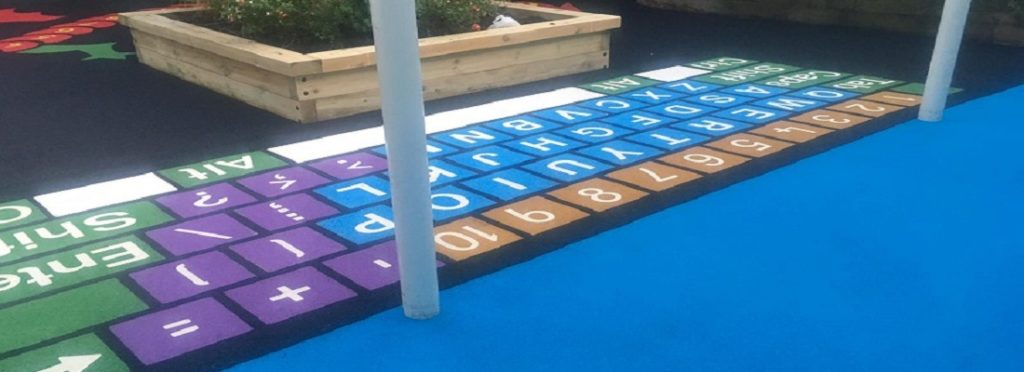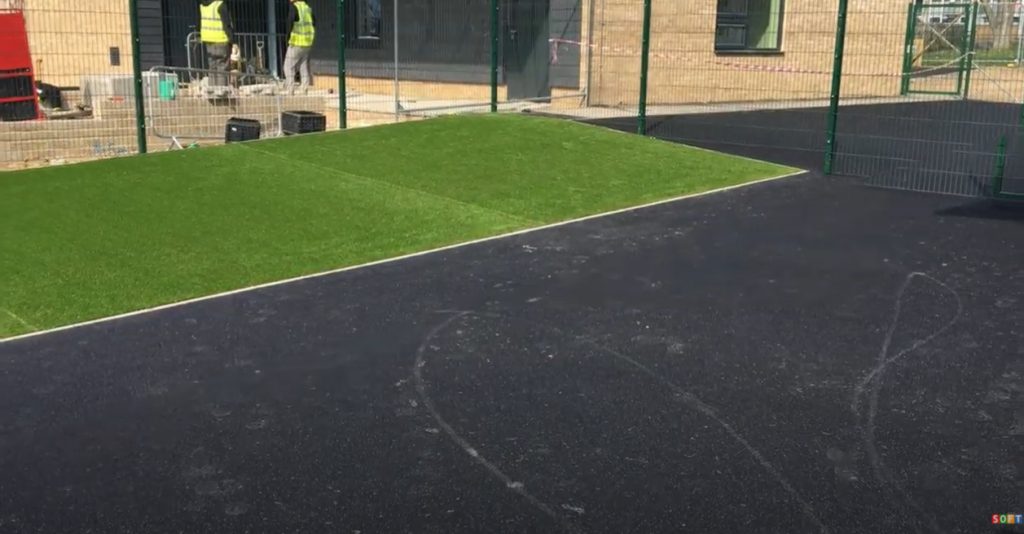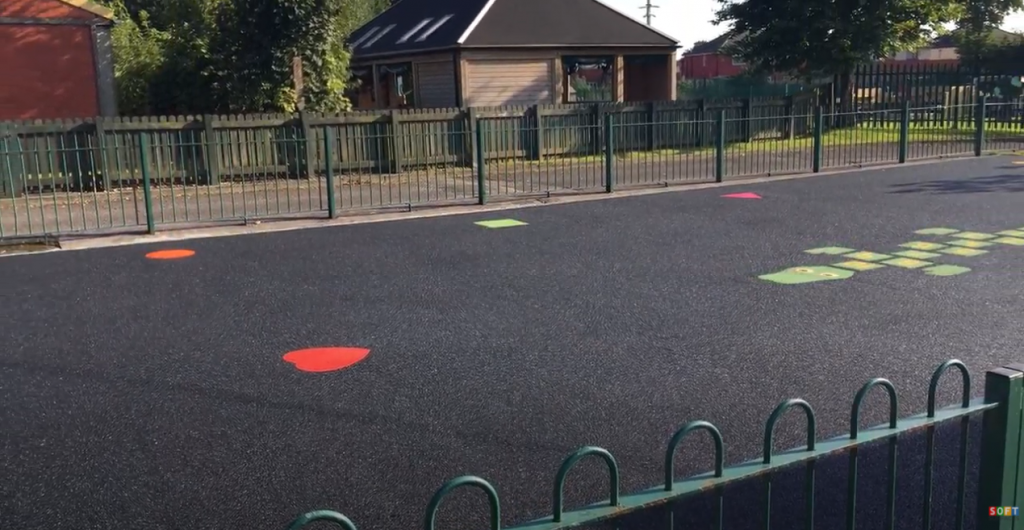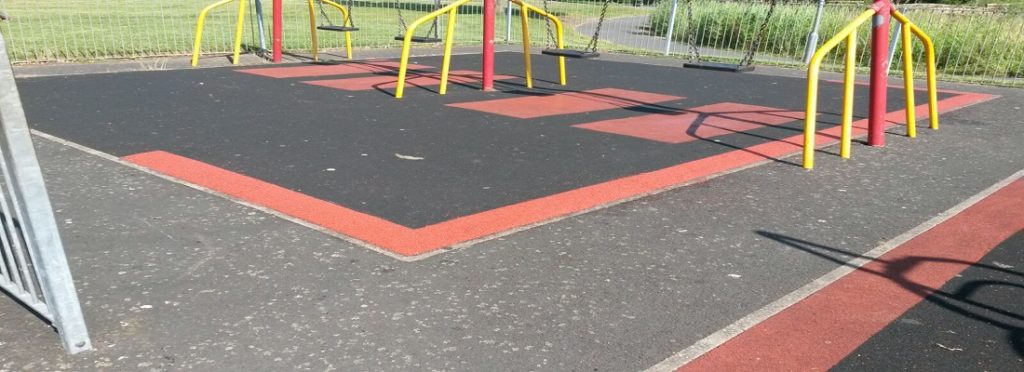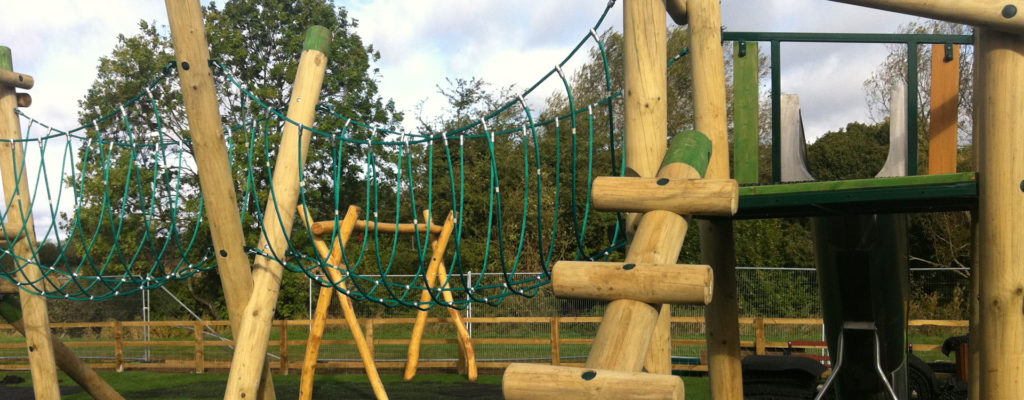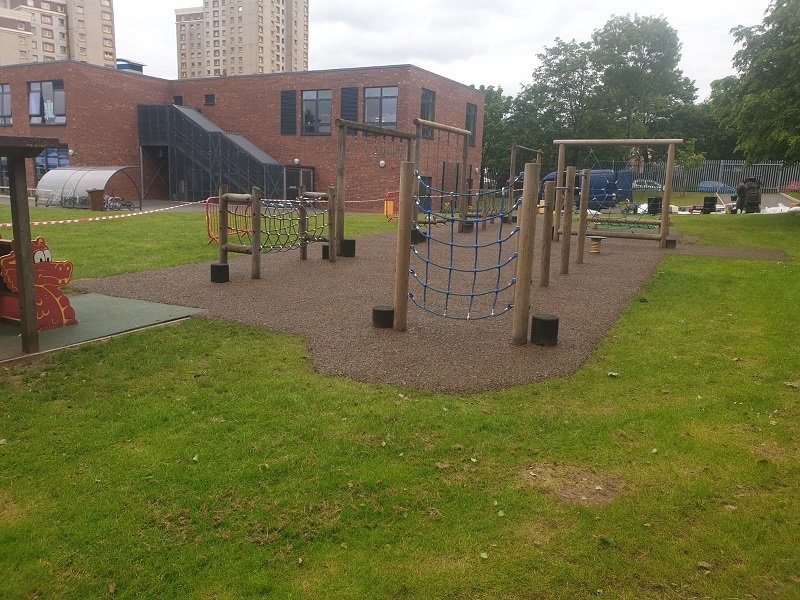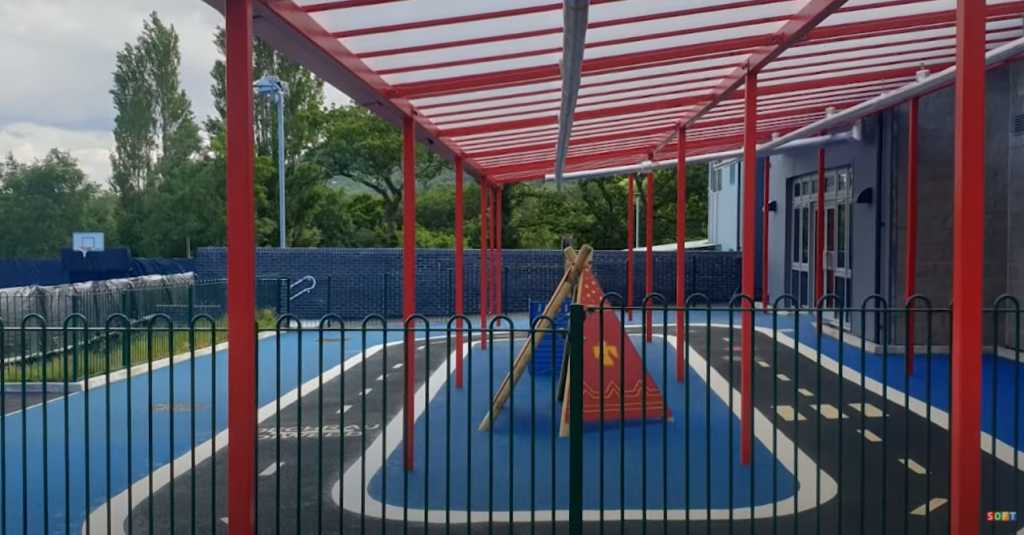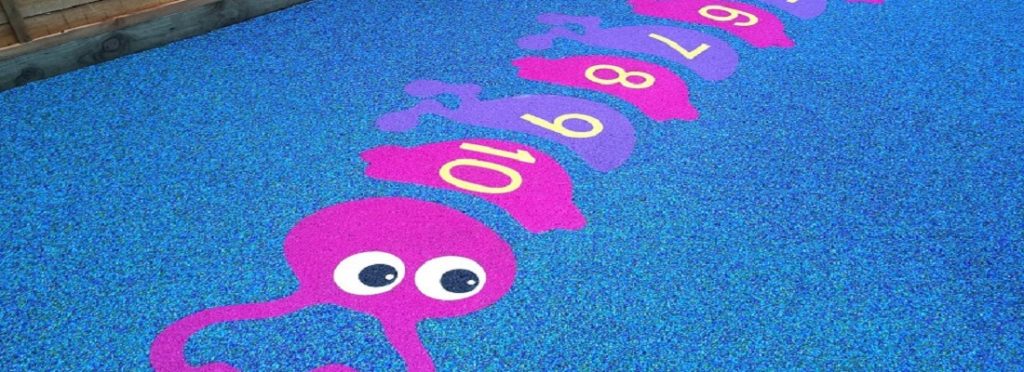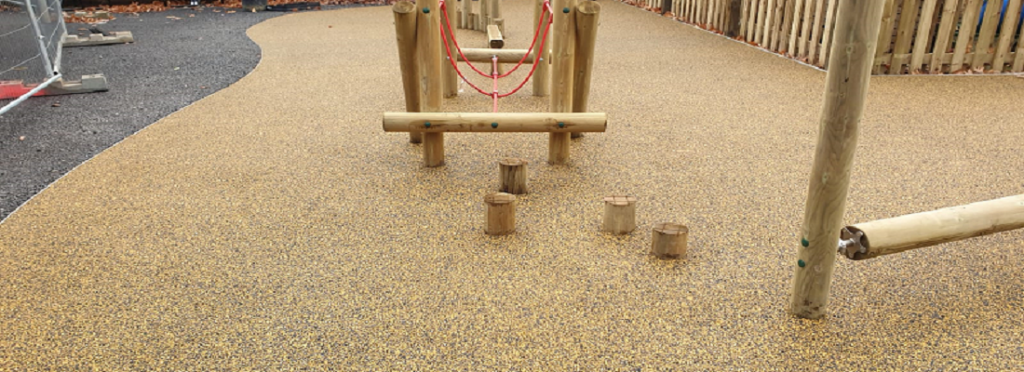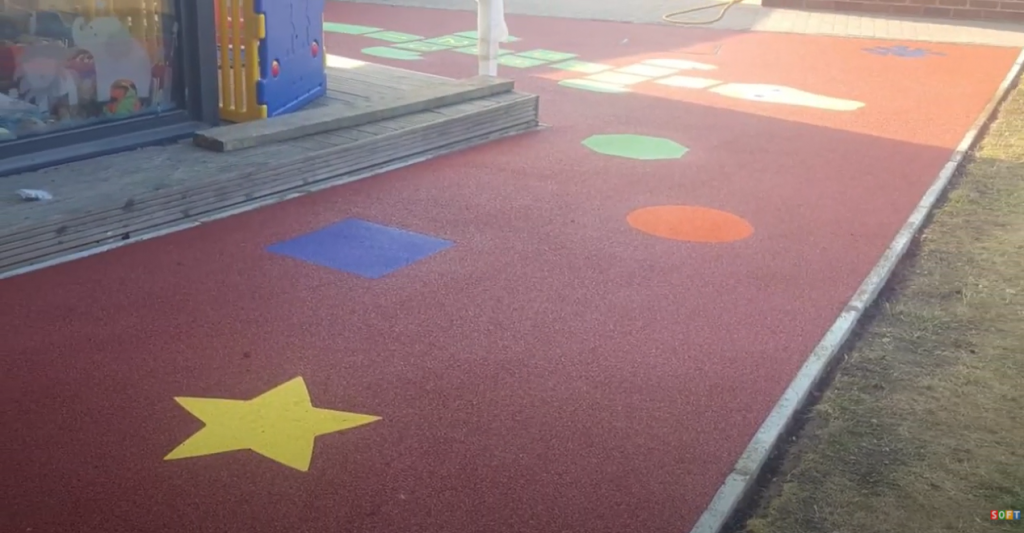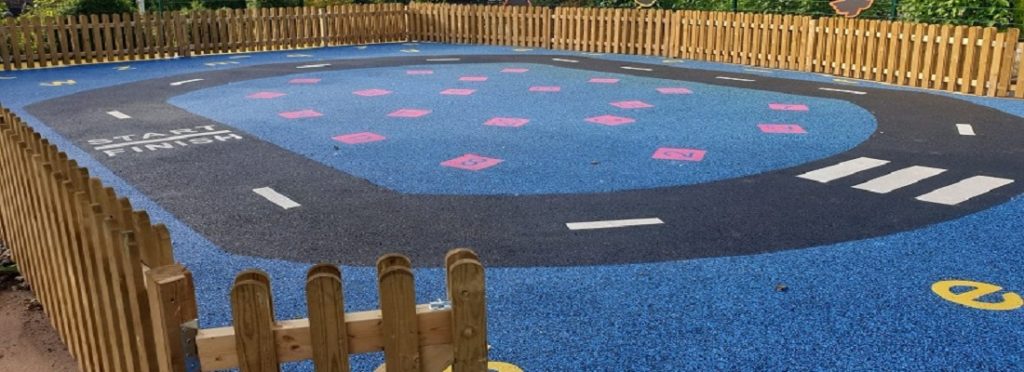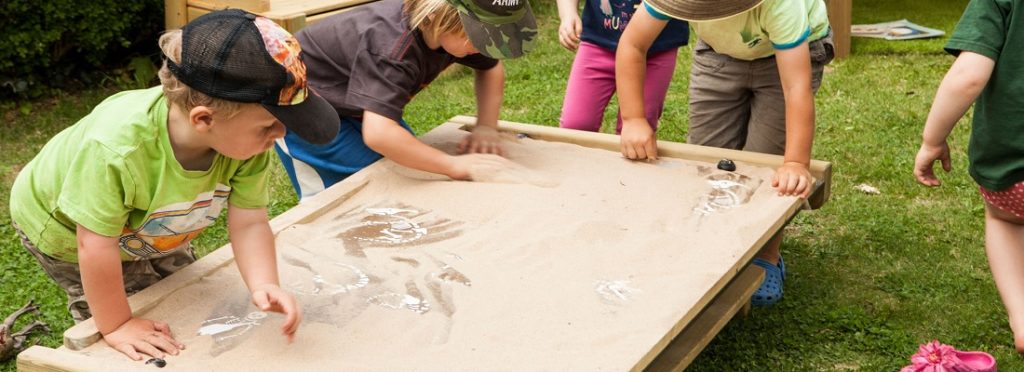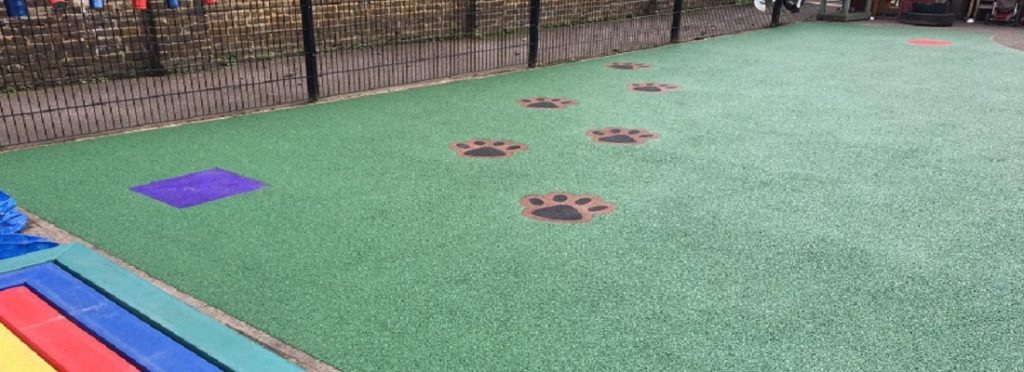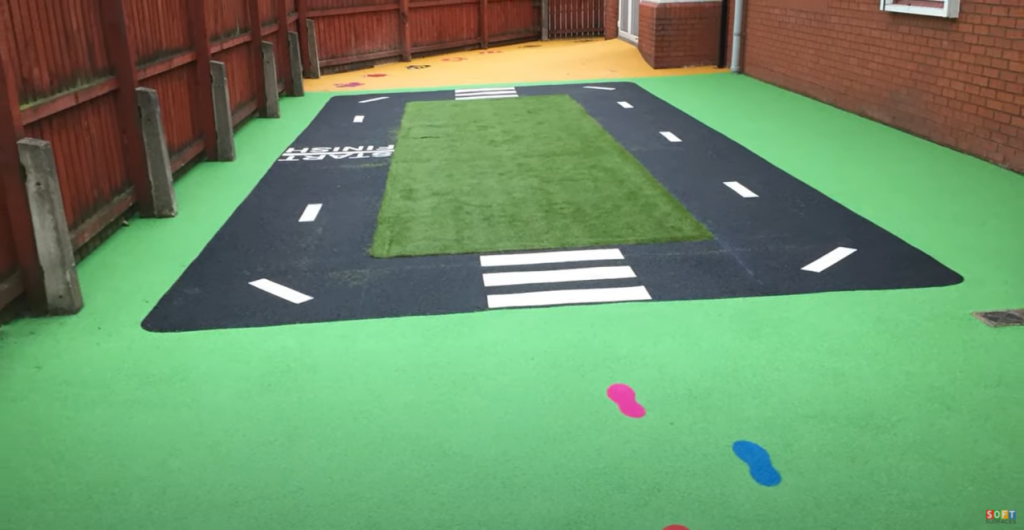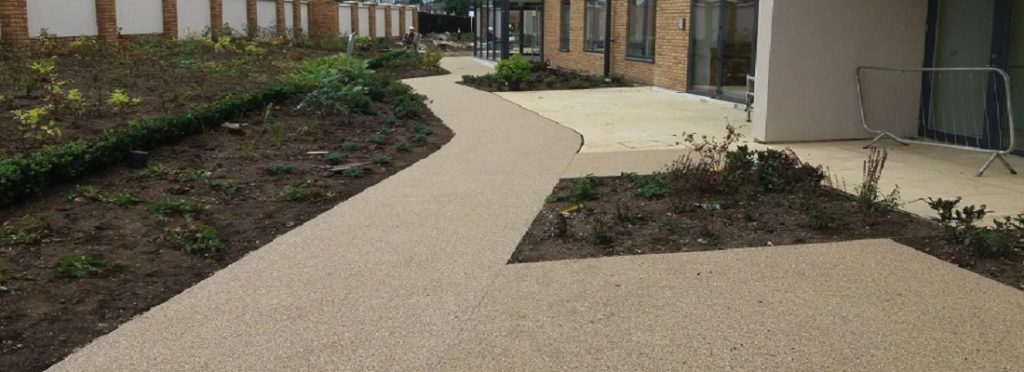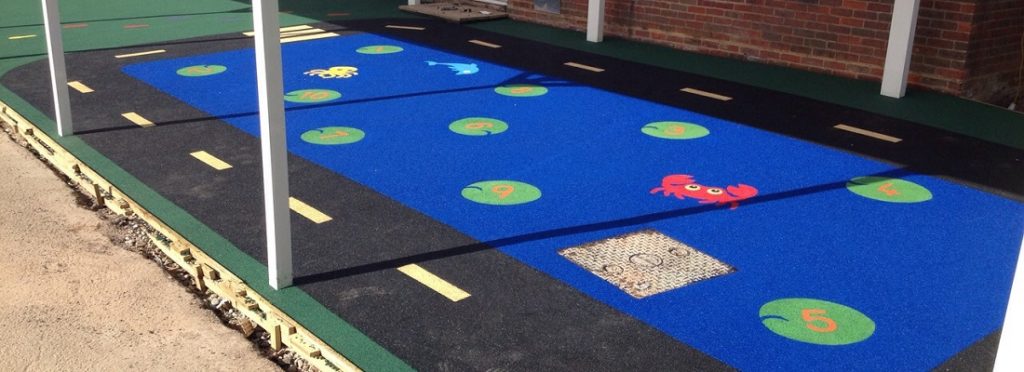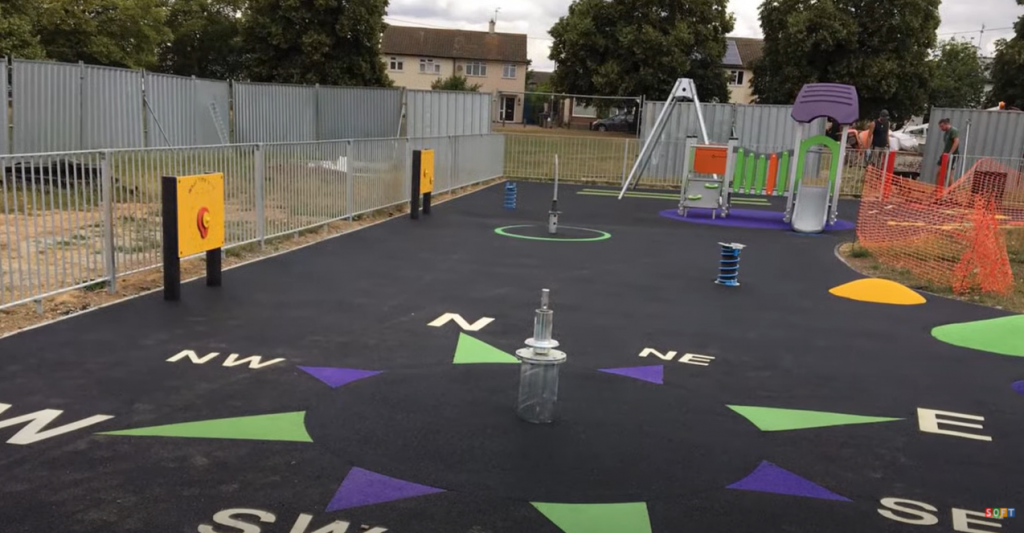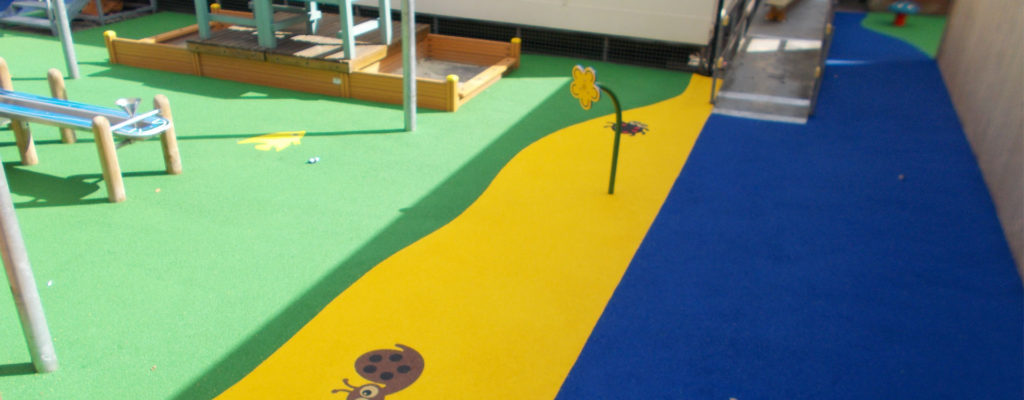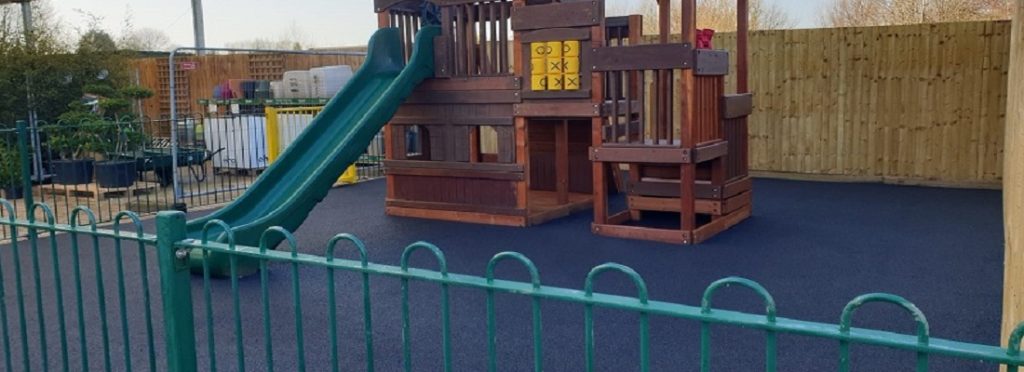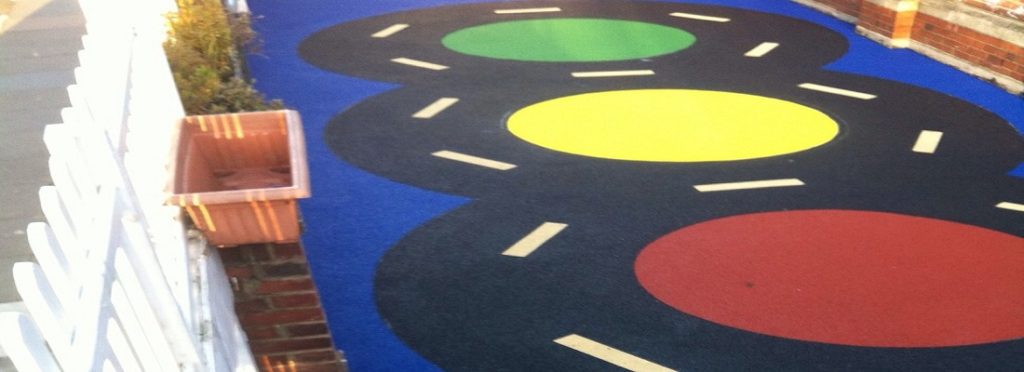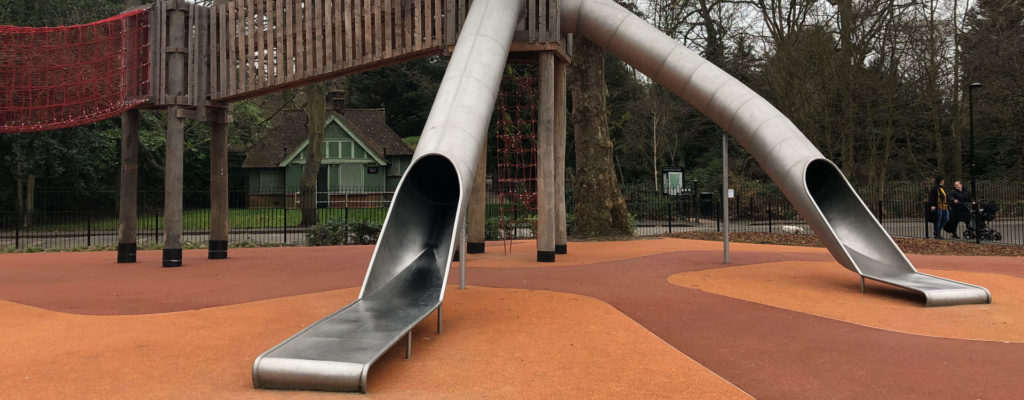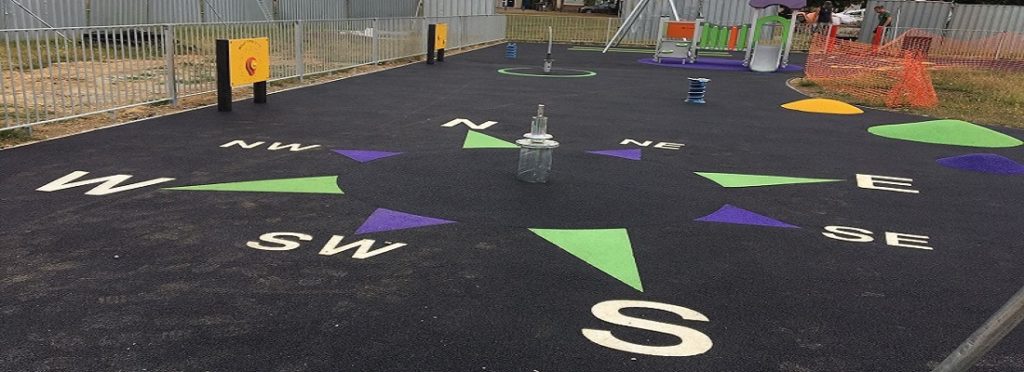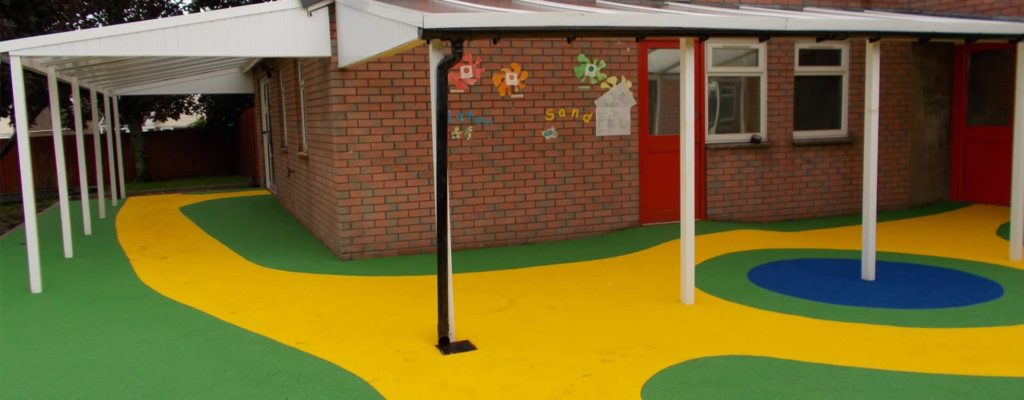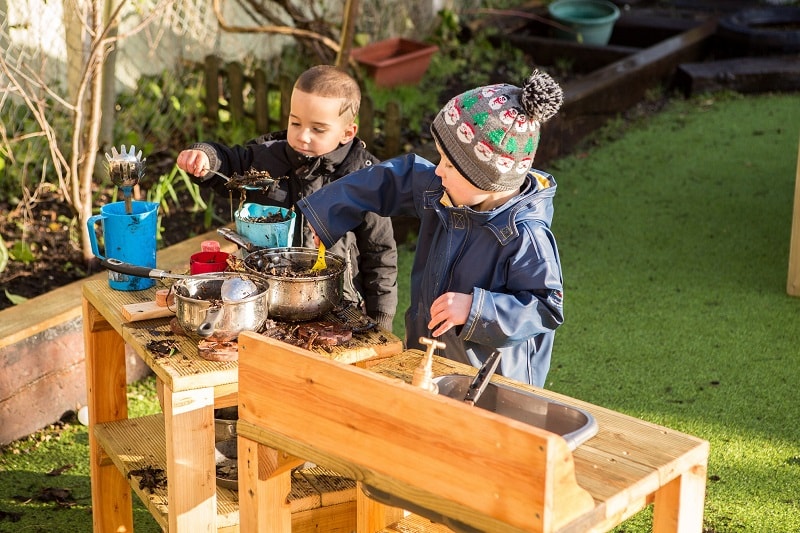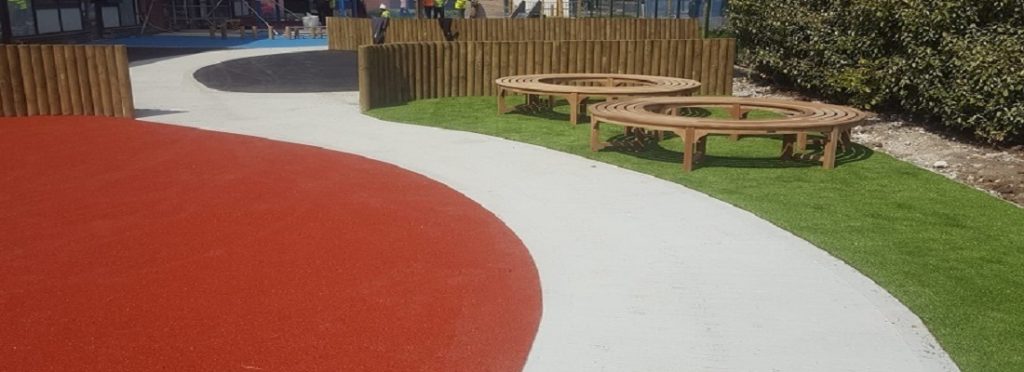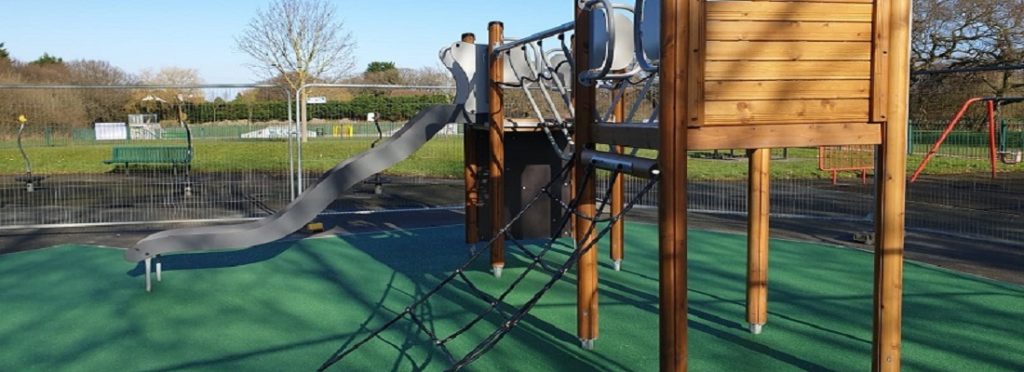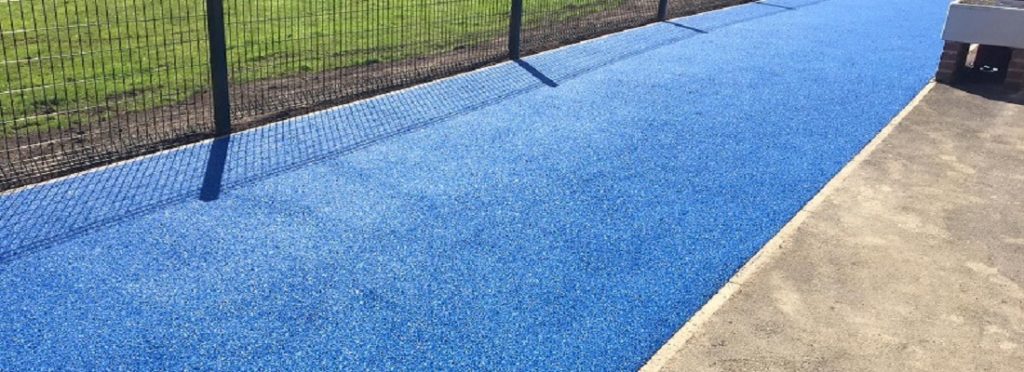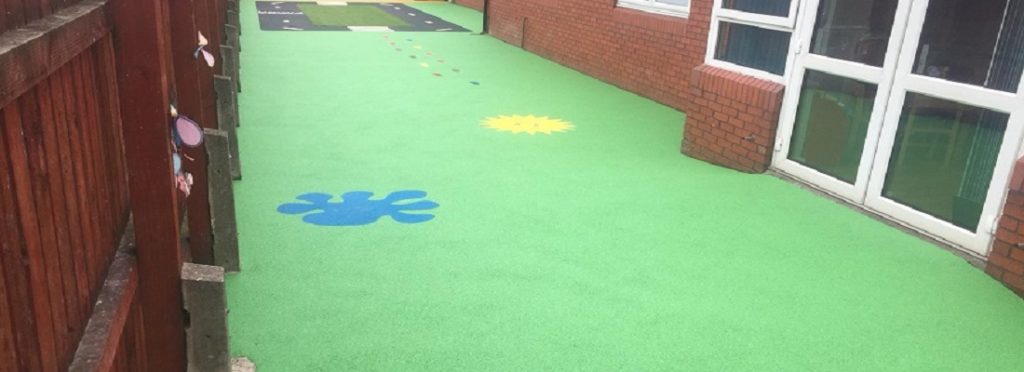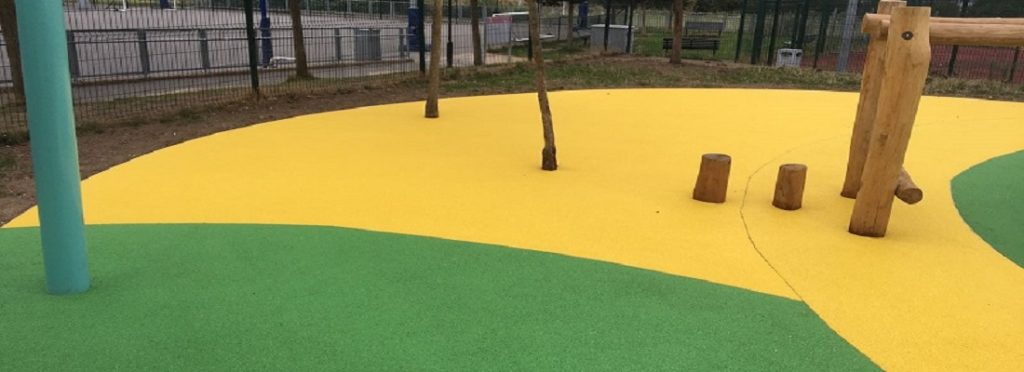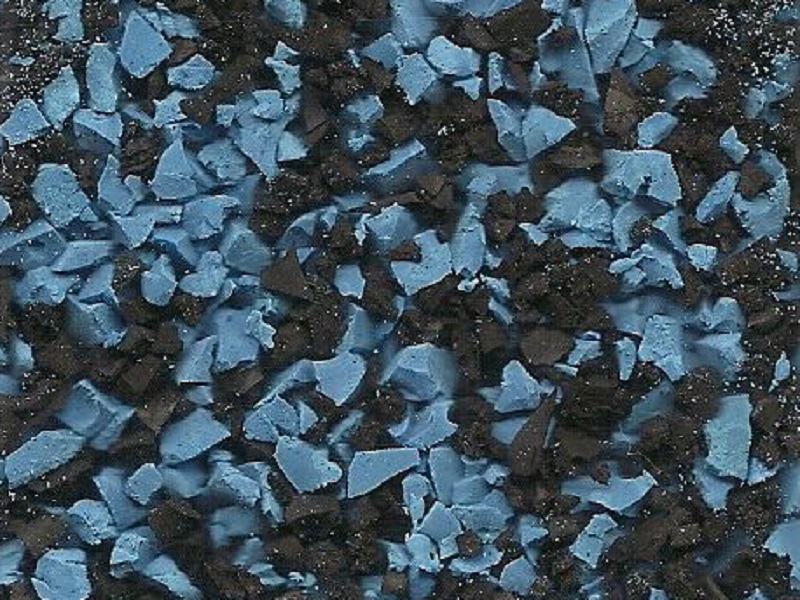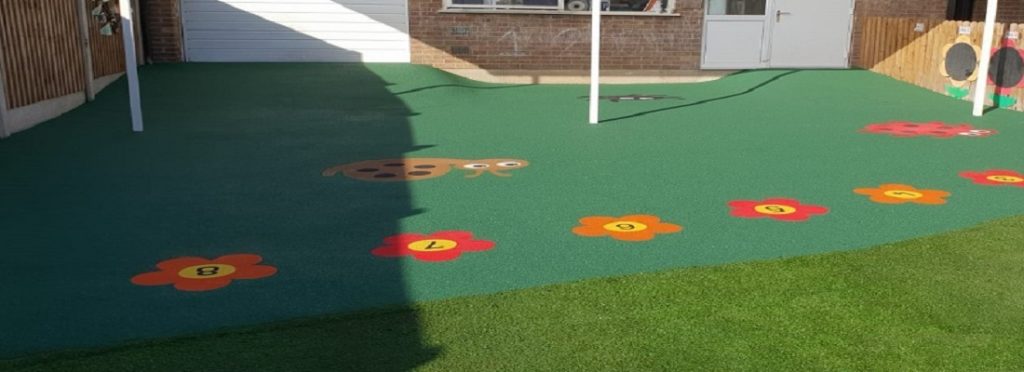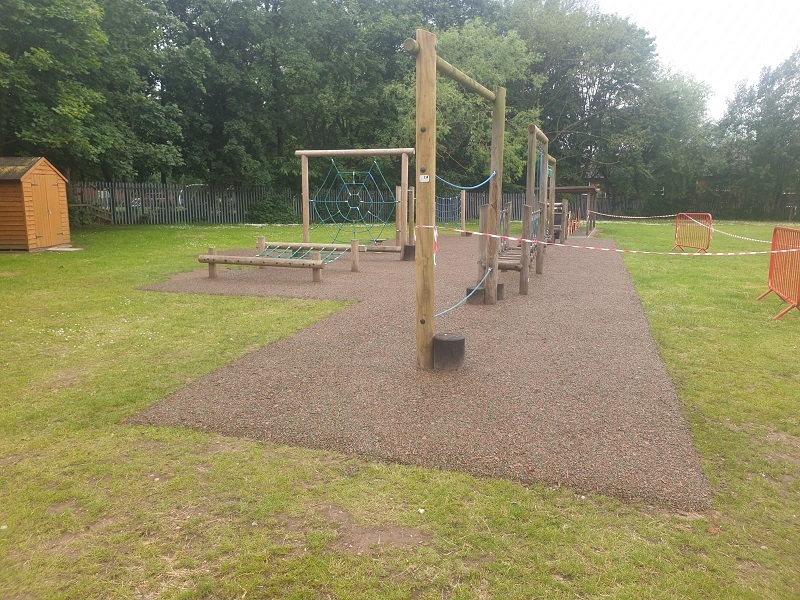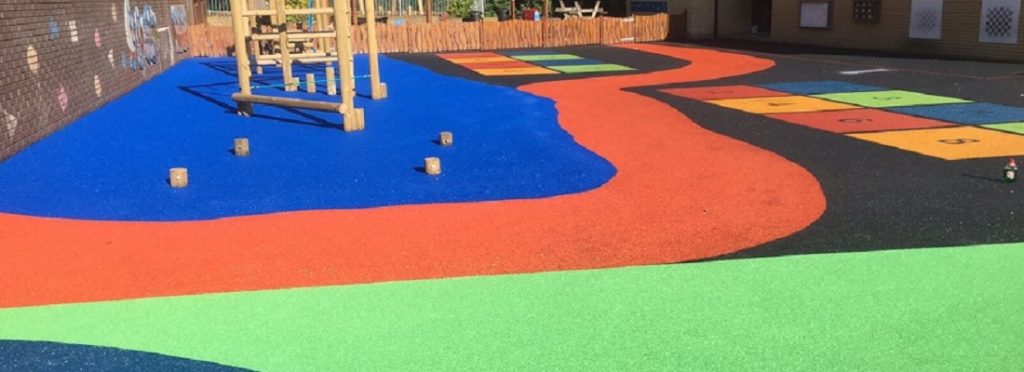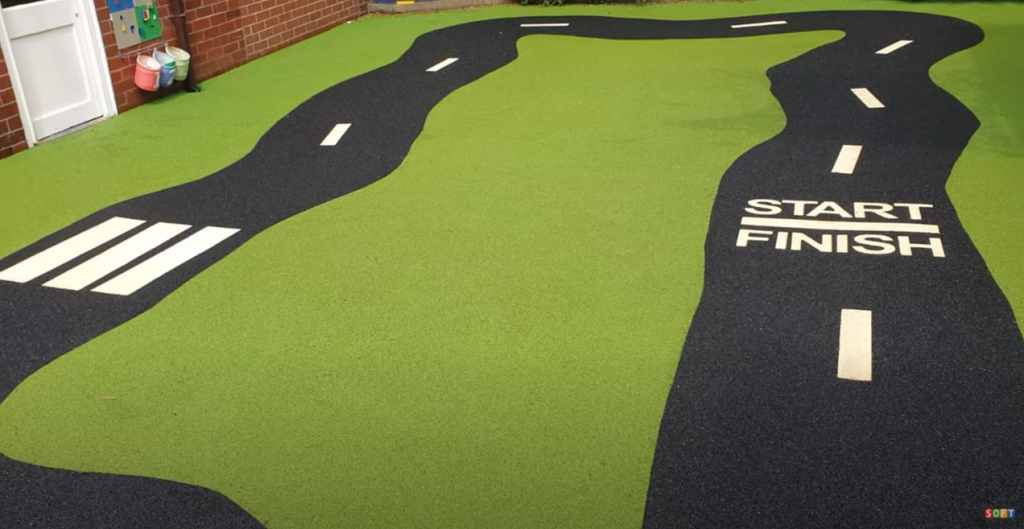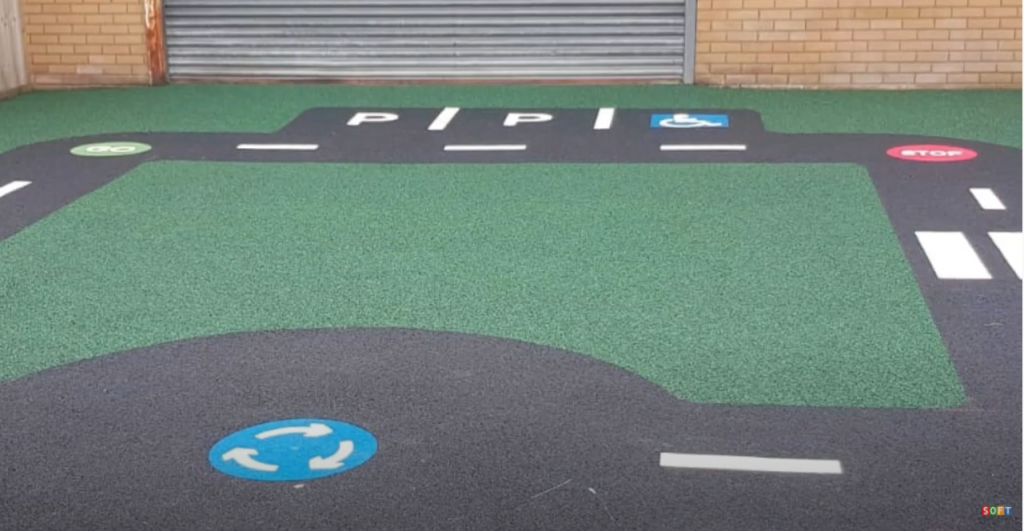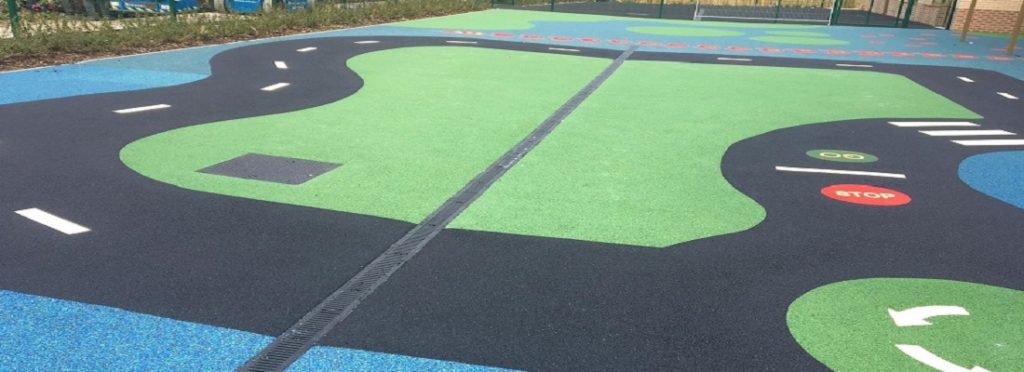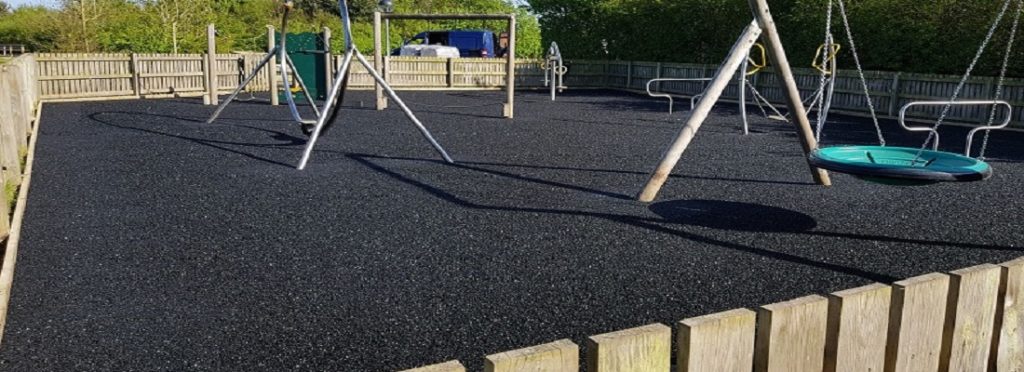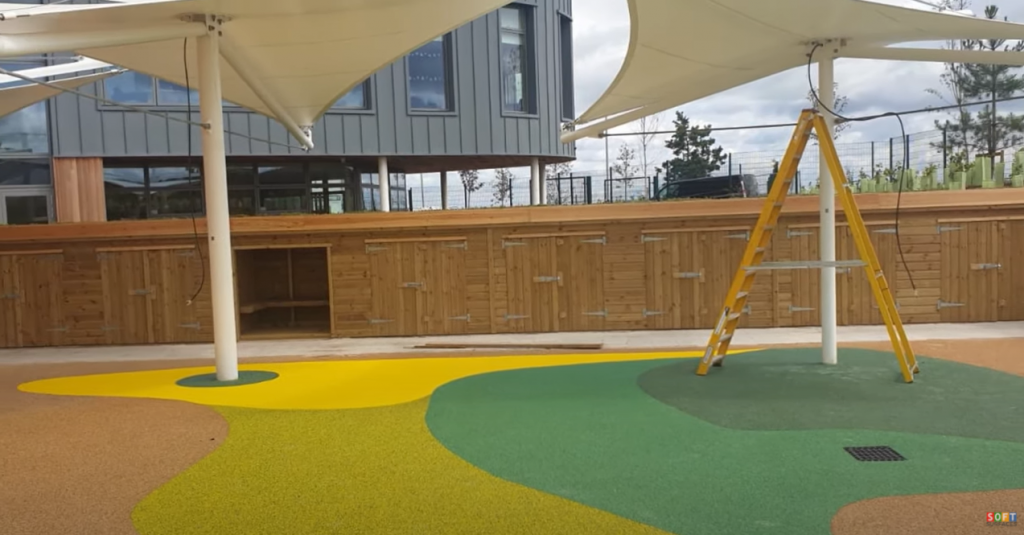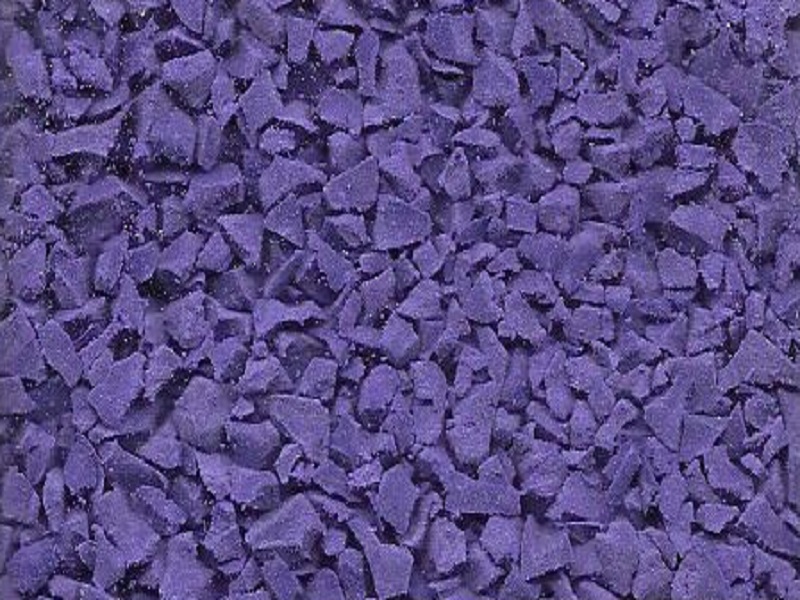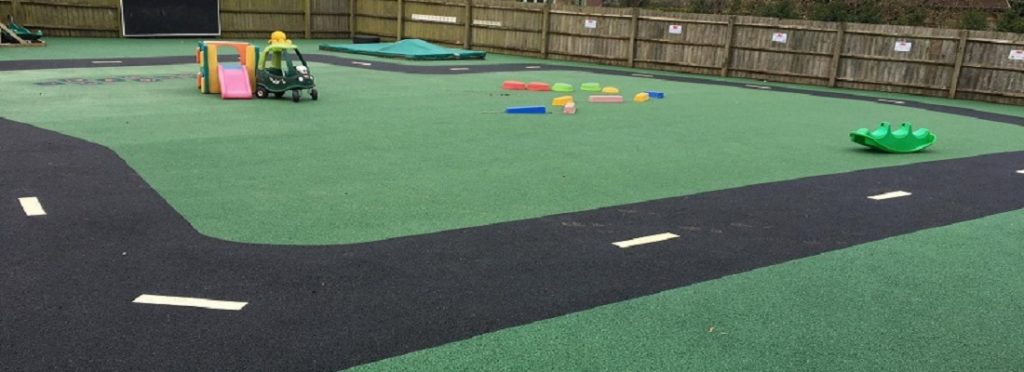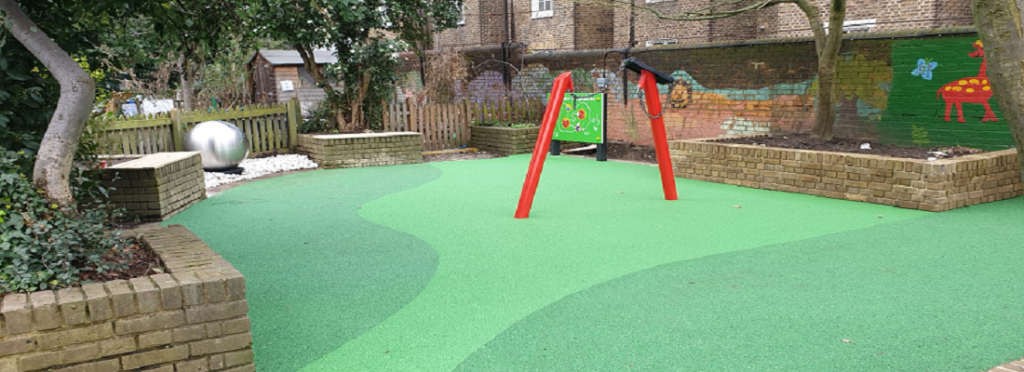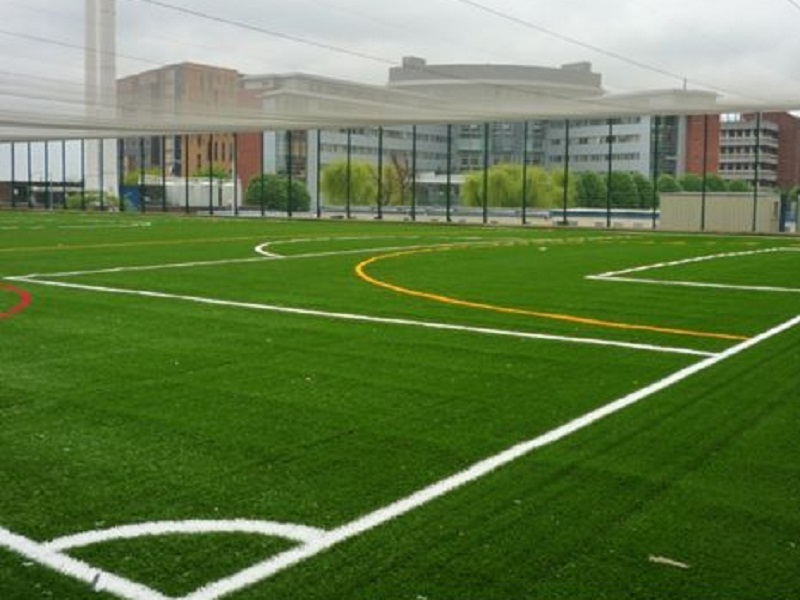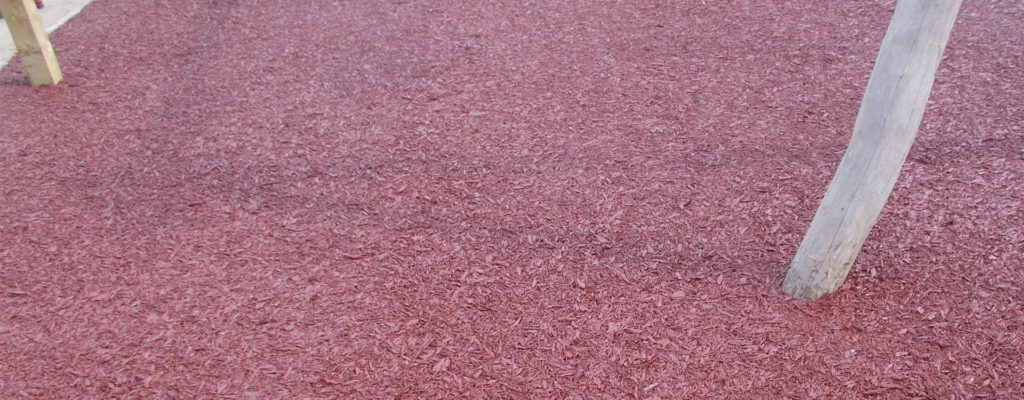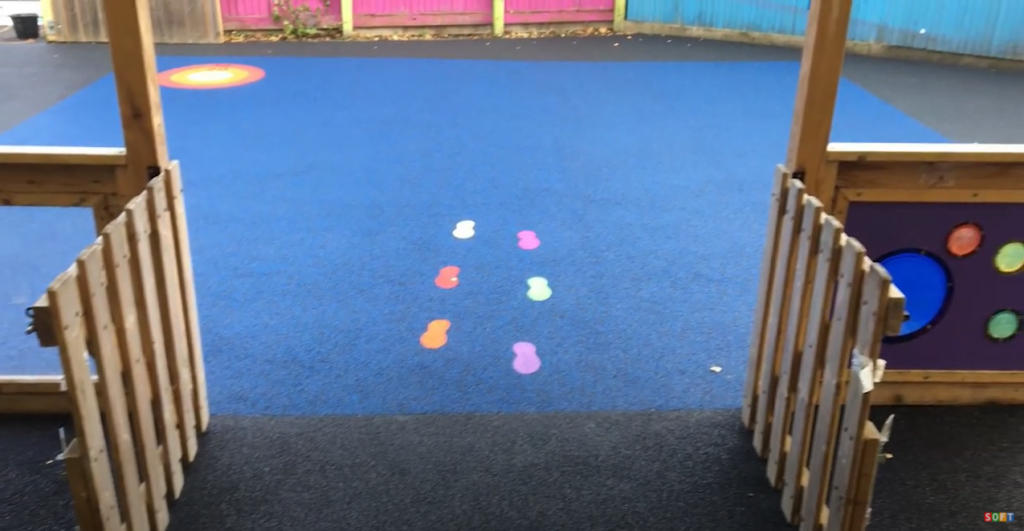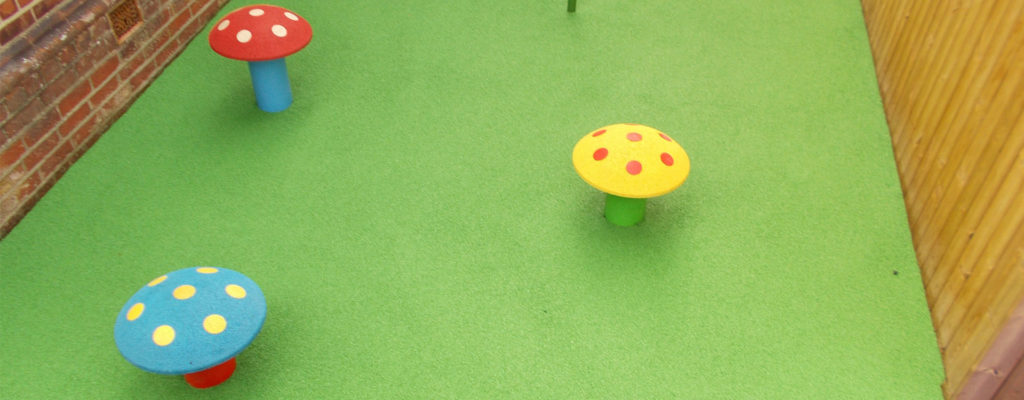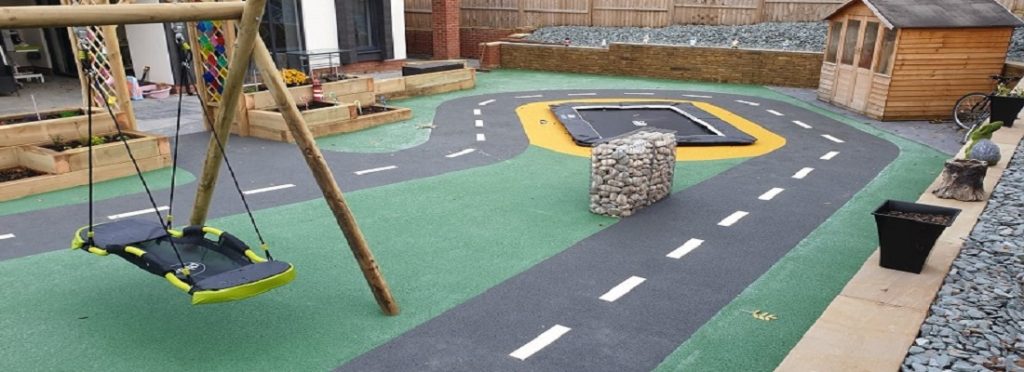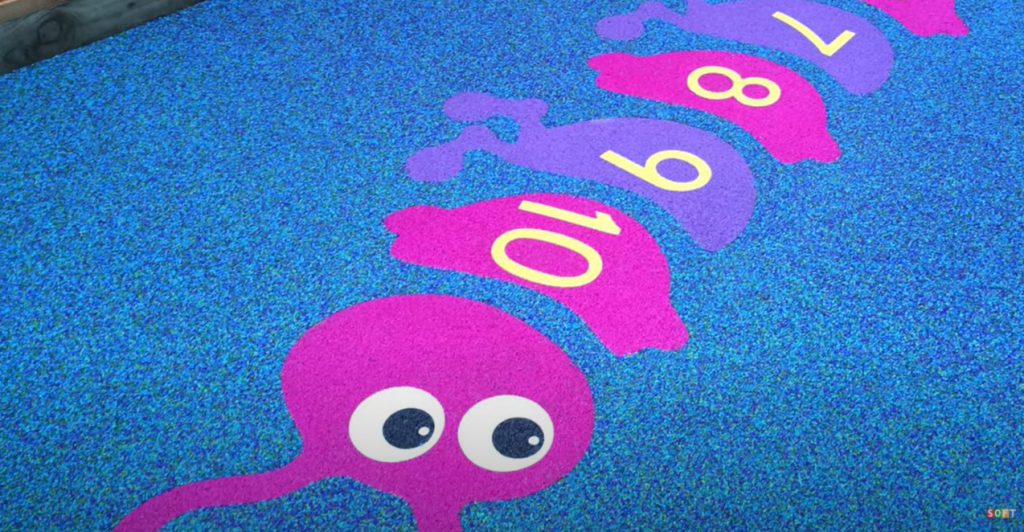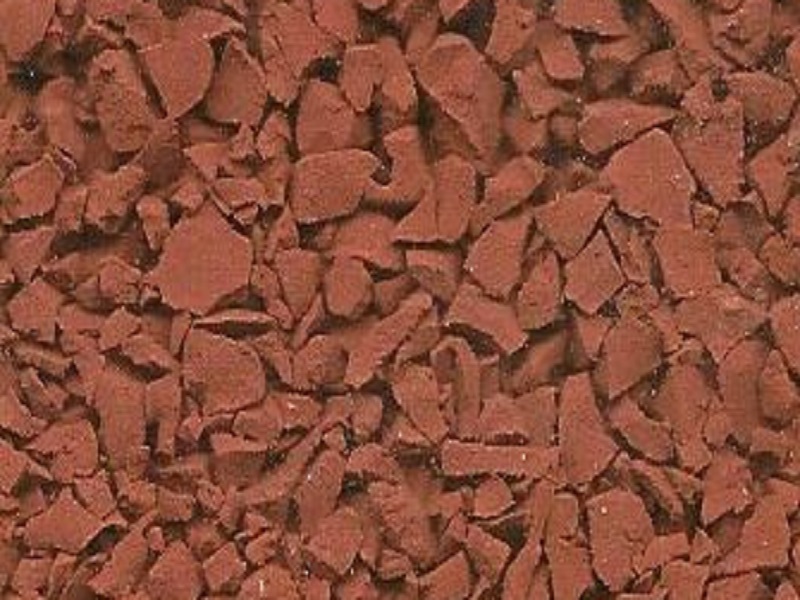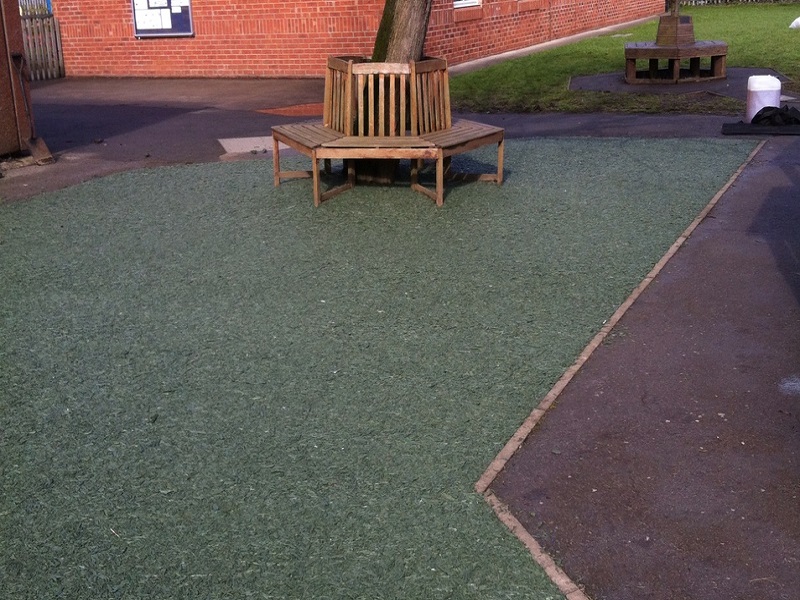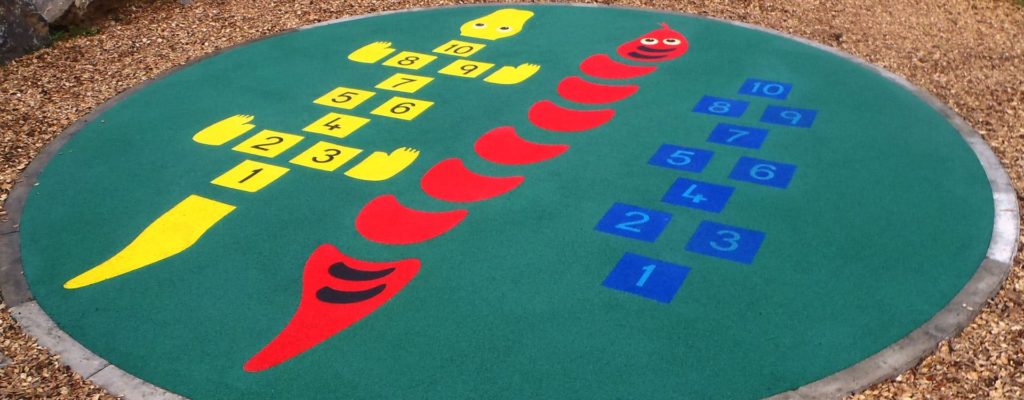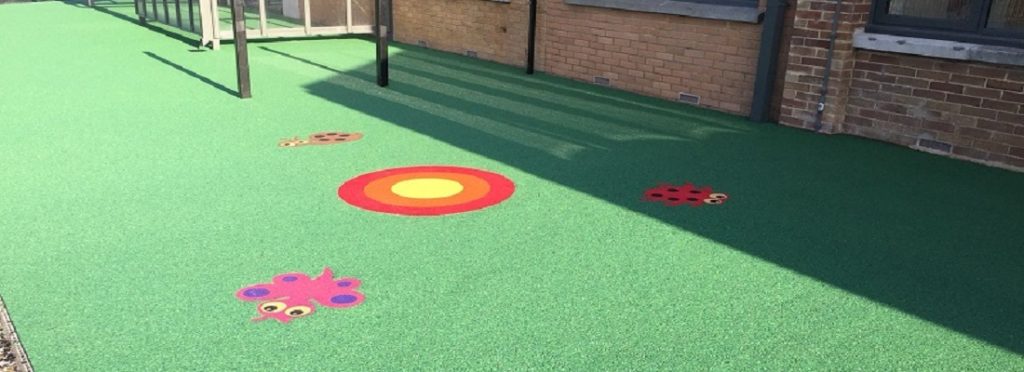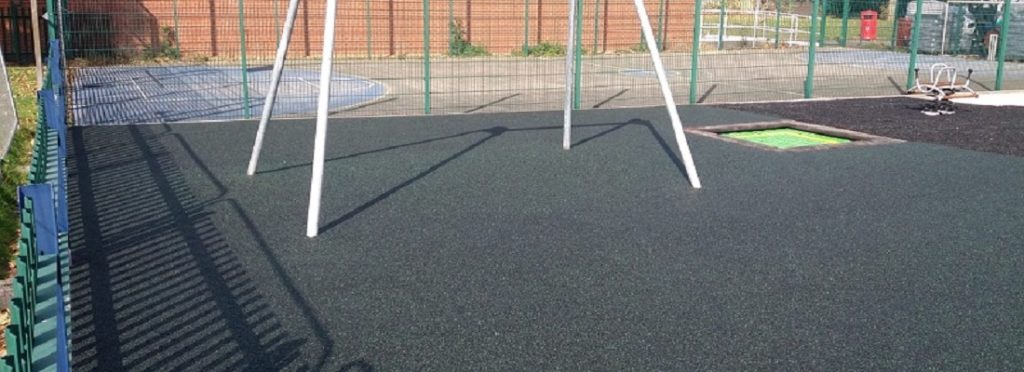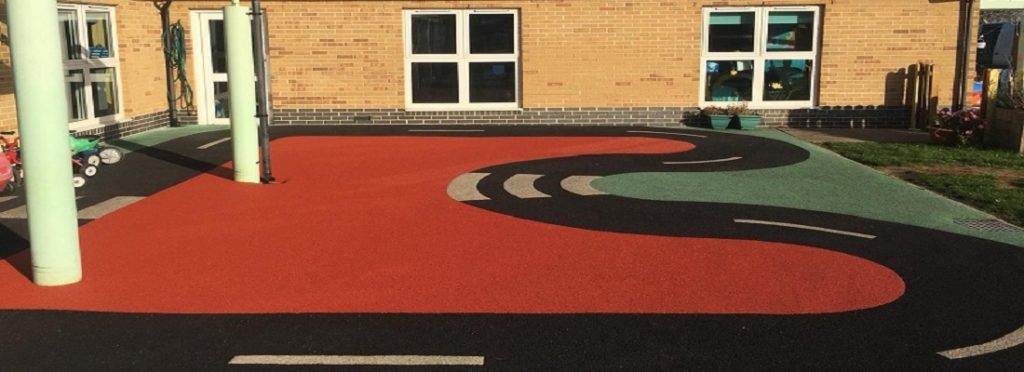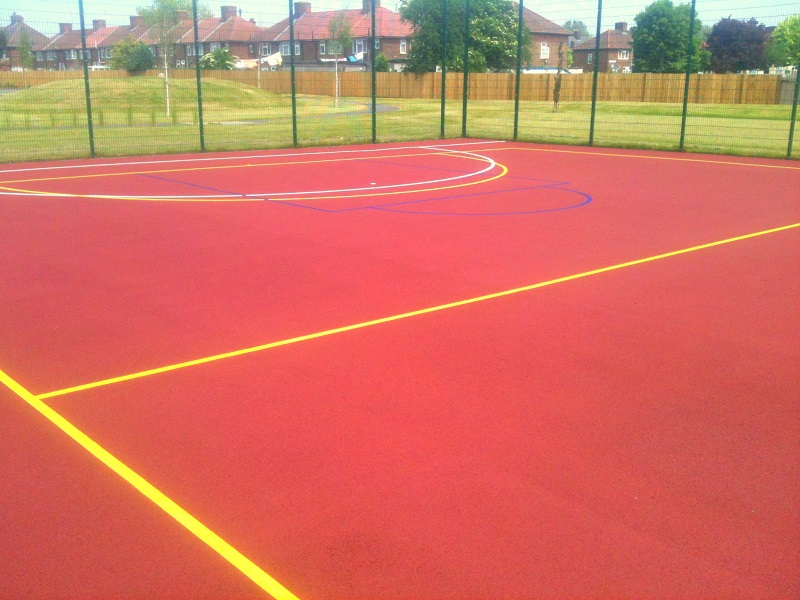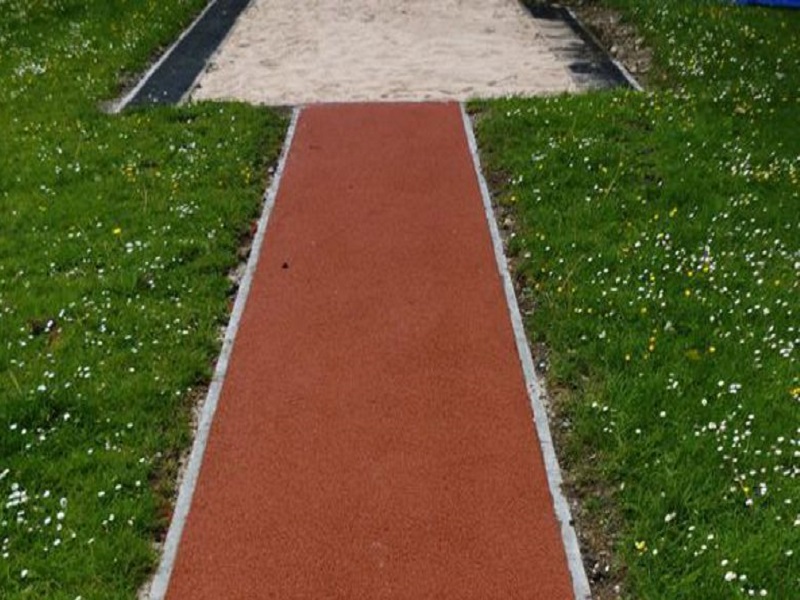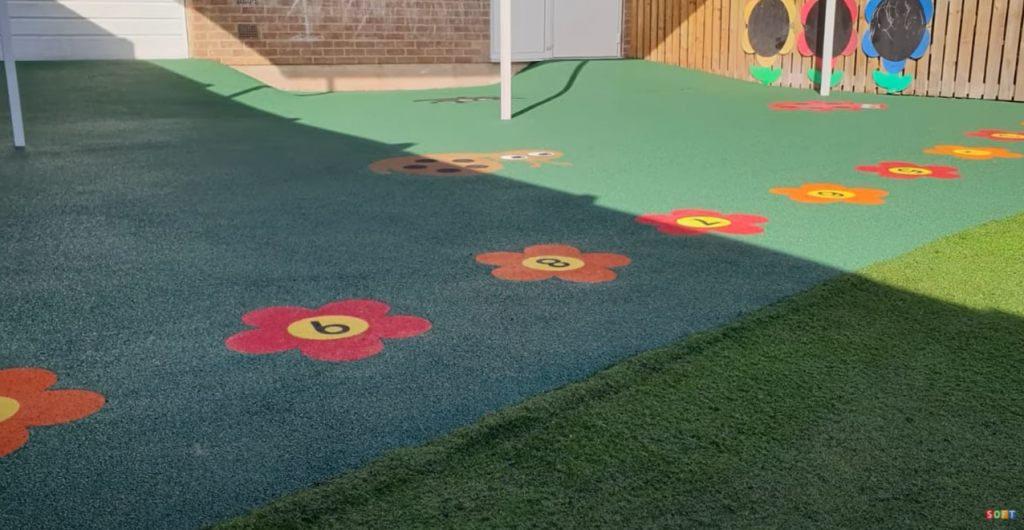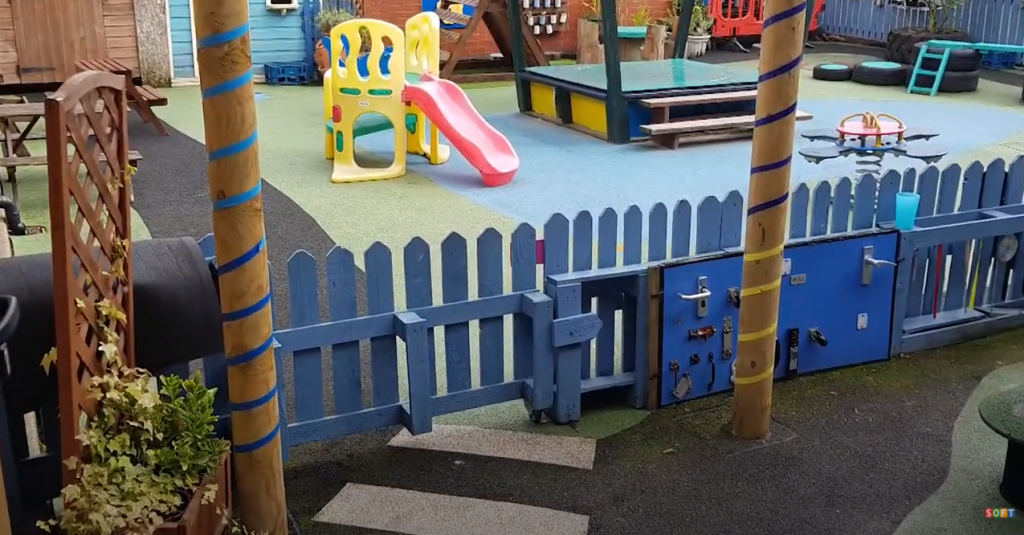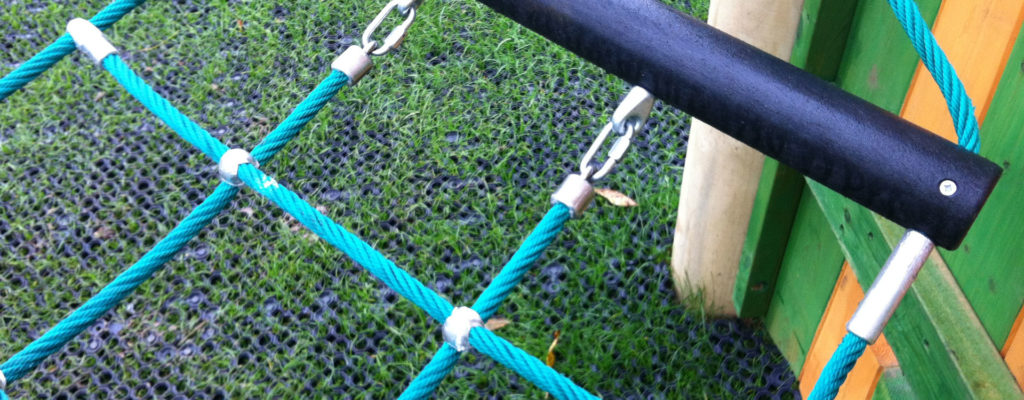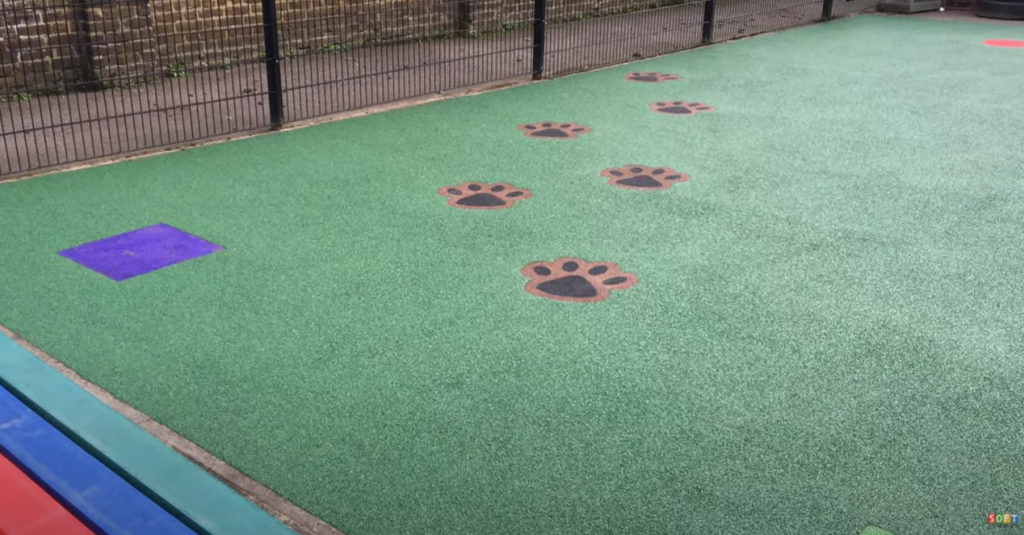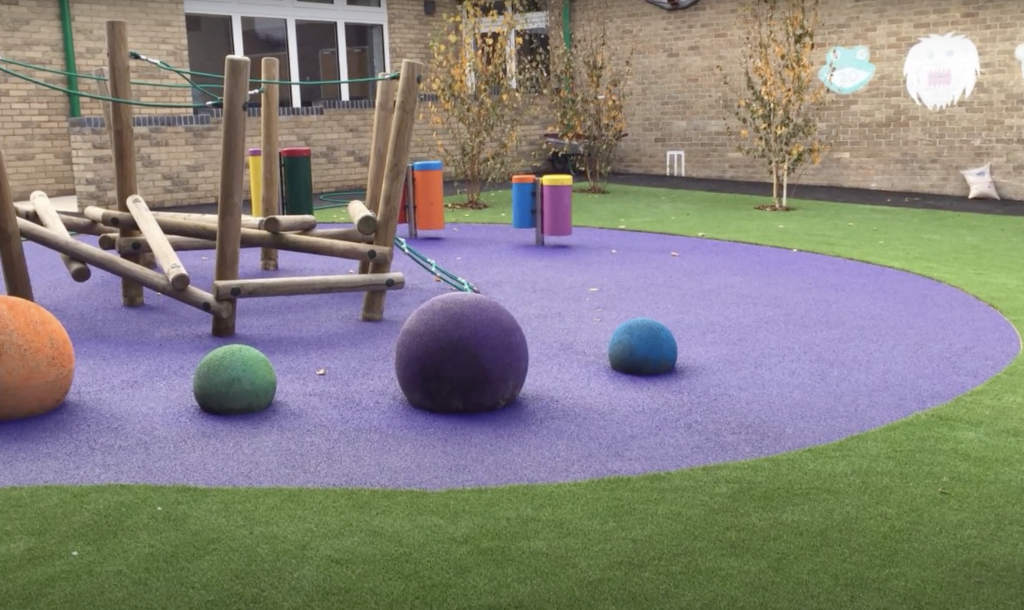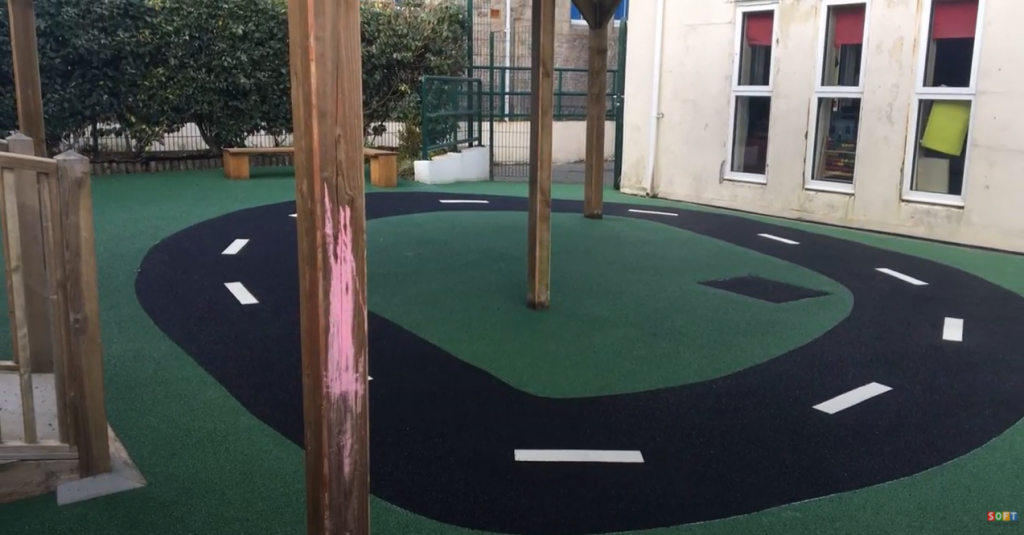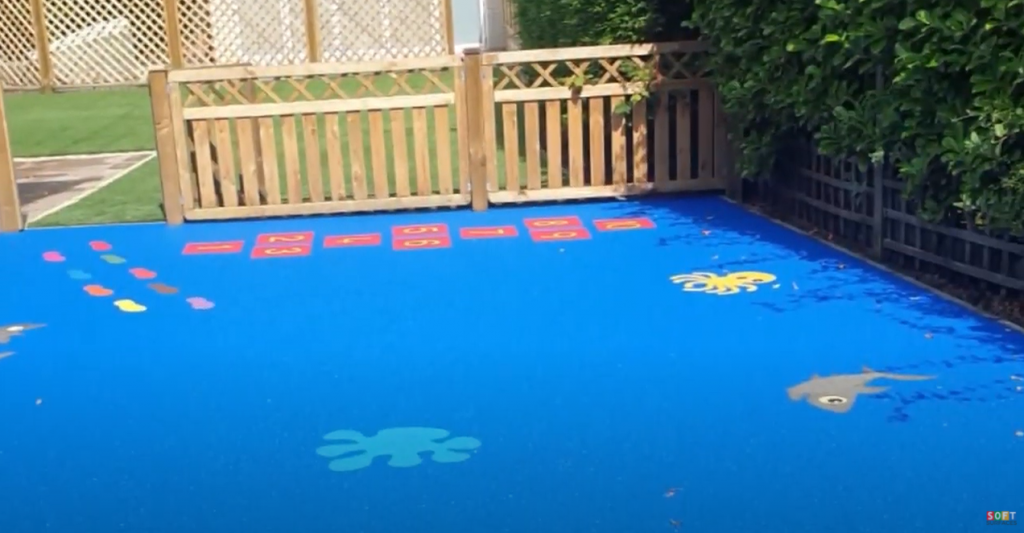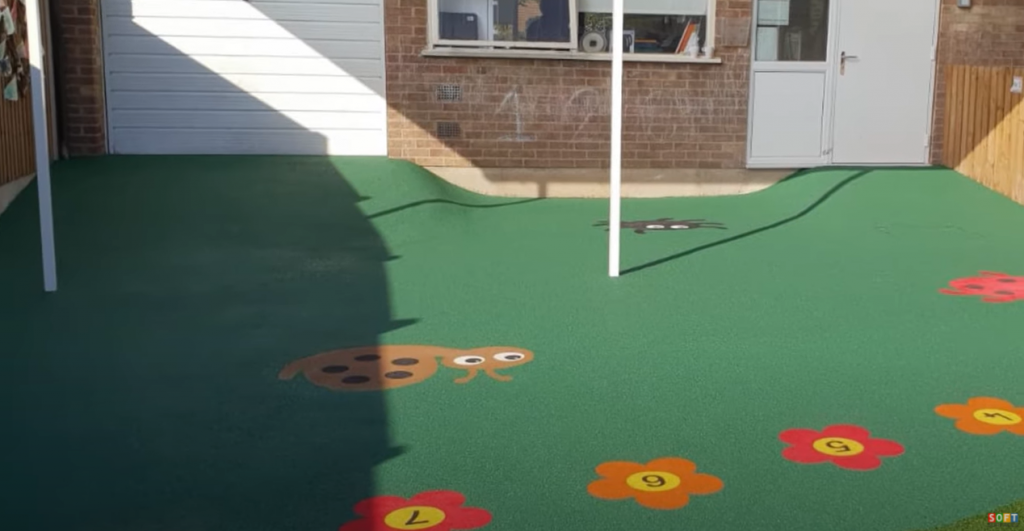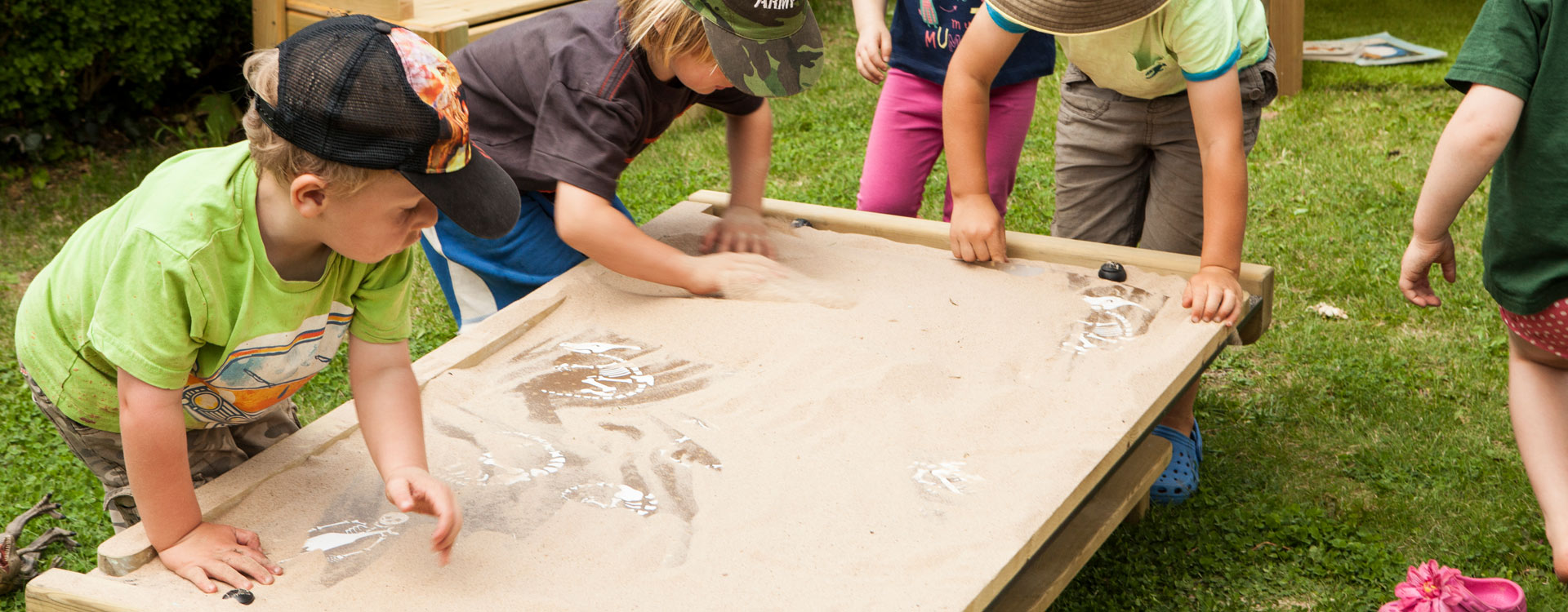
Many playgrounds today have a wide range of activities that kids can take part in for fun and for learning. Some of the most popular examples of certain equipment which can perform both of these requirements are sand and water play activities for kids.
School Sand and Water Activities
Schools often have access to sand and water activities for the younger years due to how positively they are thought of by children. Messy play is one of the most favourited forms of play for younger kids and so these types of activities are often requested and wanted. A combination of them both is usually the best as kids can then experiment with mixing the two together. Read this post as well to find out more about outdoor learning activities kids can do.
Sand activities are the most common utility. Installed in a variety of parks and playgrounds, they gain a lot of attention with the younger children. These activities are often set inside a simple box and filled with sand. In many cases, you can slide a lid over the top of the box to protect it, and this also then doubles up as a stage or podium.
Water activities can be set out differently, however. Commonly, these types of activities are held in a simple table with an incredibly shallow depth. Parents can be assured that children won’t hurt themselves on this type of activity. Alongside this, sometimes pipes and channels are used. Kids can see the water transport from one point to another and even move them around to create a circuit.
Learn more about the benefits of playing with water and sand here if you are interested in how these activities can help children.
Benefits of Sand and Water Play
Sensory activities like these ones can benefit children in a wide amount of ways. Some of the benefits of sand and water play include:
- Improvement of coordination skills – Development of arm and hand muscles, gross motor and cognitive skills. Alongside this, kids also gain a stronger understanding of mathematics, balancing and weighing.
- Group and independent play – Taking part in these activities encourage children to explore group activities, as well as focusing on personal projects. It helps give a better idea of the difference in both styles. There are many benefits of outdoor play which enhance children’s development.
- Enhances social skills – Whilst taking part in these activities, children will be thrown into situations where they must communicate and act with others. Sandpits and water stations are great for interactions like this as they don’t only improve social communication, but actions like sharing and defusing arguments.
- Promotion of creativity and imagination – During their interactions with the sensory stations, children often become a lot more imaginative and creative in these situations. Considering Ofsted want to promote the improvement of imagination and creativity, these stations are vital for it.
- Understand more about properties – Knowledge of colour, size, capacity, measurements, weight and time become more improved whilst kids interact with sand and/or water. A better understanding of the world around them is constructed.
- Relaxing whilst entertaining – Sometimes children don’t want to take part in full-on activities which many playgrounds offer and may instead just want to chill out and relax for a bit. Sensory stations like these have this effect on kids and therefore can be incredibly beneficial for them.
As you can see, there are loads of benefits to sand and water play that a child can gain. The popularity of these types of utilities makes sense once you understand how beneficial and successful they are in most playgrounds.
School Playground Sand Pits
Sandpits in school playgrounds are incredibly common. These are usually installed for much younger age groups as they are designed around the main concept of fun and introducing kids to different materials and feelings. This can be done as part of independent learning activities where children are able to discover new things for themselves.
The sand in these pits is usually just dry and clean so the children can enjoy using it safely. Being soft and light, it helps children feel more comfortable within the actual boundaries. On the other hand, some areas of the pit can be made into wet sand. This is the material used for building so kids often interact more with this type of over the other, whilst dry sand is better for relaxing areas or first introductions to the material.
Lessons can be done with the sandpit as well with the material being mouldable and having interesting reactions with water. It helps kids understand a lot more about the material and its applications in the modern world, overall creating a more effective lesson. Find out more about National Curriculum play activities if you are interested in using the playground in lessons.
Water Table for Kids
Usually said to be the more uncommon one out of the two, water tables can be installed in any key stage (like sandpits) but often find themselves being mainly used in the younger age groups. Water has many interesting properties and when kids interact with it, they start to become fascinated by it.
- 4 Ideas for Teaching Organisation on the Playground
- 4 Reasons Why Schools Have Artificial Grass
- Activities to Teach Kindness on the Playground
- All Weather Surface Children’s Playground Safety Flooring
- Artificial Grass and Rubber Mulch Surfacing in Derby, Derbyshire
- Artificial Grass and Wetpour Pathway Installation at a School in Birmingham
- Artificial Grass and Wetpour Roadway Construction in Liverpool
- Benefits of a Mud Kitchen for a School Playground
- Benefits of Climbing in Primary School
- Benefits of Sensory Activities for Individuals With Autism
- Bespoke Playground Surfacing With Graphics in Northampton
- Best Playground Equipment for Primary Schools
- Black Wetpour & Artificial Turf Construction at a Nursery in Harlow, Essex
- Black Wetpour Flooring Construction in Canterbury
- Children’s Play Area Flooring
- Children’s Sensory Playground Designs
- Colourful Play Area Surfacing in Sheffield, South Yorkshire
- Colourful Playground Flooring Design in Cardiff, Wales
- Colourful Rubber Playground Flooring in Wakefield, West Yorkshire
- Colourful Rubber Playground Flooring Installation in Wakefield
- Colourful UK Playground Surfacing in Bedfordshire
- Cooperative Play Ideas for Kids
- Costs of Schools Playground Safety Surfaces
- Creating a Storytelling Area in Your Playground
- Day Care Playground Safety Flooring in Stoke, Staffordshire
- Den Building Ideas for Schools
- Early Years Outdoor Play
- Educational Play Designs
- Educational Playground Surface Installation in Brighton
- Educational Playground Surface Installation in Brighton, East Sussex
- Encouraging Risk Taking in Outdoor Play
- EPDM Rubber Play Area Flooring in Luton
- EPDM Rubber Play Area Flooring in Luton, Bedfordshire
- EPDM Rubber Play Area Surfacing in Leeds, West Yorkshire
- EPDM Rubber Wetpour Flooring in Newcastle, Tyne and Wear
- EPDM/SBR Rubber Surfacing Playground Flooring
- Expressive Arts Playground Ideas
- How Do I Apply for Grant Funds for a Play Area in the UK?
- How Do Wet Pour Repair Kits Work
- How Playing Outside Can Reduce Stress and Anxiety
- How to Encourage Phonics Learning on the Playground
- How to Prepare Your Playground for Winter
- How to Refresh Your School Playground
- Imaginative Play Ideas for Kids
- Impact Attenuating Playground Surfacing
- Improving Children’s Mental Health With Play
- Inclusive Playground Equipment for Schools
- Independent Learning Activities for Kids
- Lap, Leap, Neap Play Area
- Large Wetpour Play Area Surface in Stockport
- LEAP Local Equipped Area for Play
- Learning Through Play – Psychology and Theories
- Managing Behaviour Through Active Outdoor Play
- NEAP Neighbourhood Equipped Area for Play
- Needlepunch Playground Construction in Kilmarnock
- Nursery EPDM Rubber Surfacing in Wolverhampton
- Nursery Play Area Maintenance
- Nursery Play Area Surfacing
- Nursery Playground Installation
- Nursery School Green Wetpour Overlay in Gloucester
- Ofsted Requirements for Outdoor Play
- Outdoor Maths Games for Children
- Outdoor Nursery School Surfacing in Preston
- Outdoor Nursery School Surfacing in Preston Lancashire
- Outdoor Play Area Ideas for Kids
- Outdoor Play Ideas for Children With Dyscalculia
- Outdoor Playground Roadway Design
- Outdoor Safety Flooring Designs
- Outdoor Wetpour Surfacing Install in Leicester
- Play Area Line Marking Specification
- Play Area Maintenance
- Play Area Surfaces
- Playground Activities for the National Curriculum
- Playground Designs for Sensory Processing Disorder
- Playground Equipment for Schools
- Playground Fencing
- Playground Flooring Repair in Birmingham, West Midlands
- Playground Games for Children With Dyspraxia
- Playground Games to Encourage Speech Development
- Playground Grass Mats Safer Flooring
- Playground Marking Graphics
- Playground Markings
- Playground Safety Surface Construction in Reading, Berkshire
- Playground Safety Surfacing with Graphics in Shropshire
- Playground Surface HIC Safety Flooring
- Playground Surfacing in Hertfordshire
- Playground Surfacing Options
- Playground Wet Pour Flooring in Northamptonshire
- Playground Wet Pour Flooring in Northumberland
- Playground Wet Pour Flooring in Nottinghamshire
- Playground Wet Pour Flooring in Oxfordshire
- Playground Wet Pour Flooring in Somerset
- Poured in Place Rubber Bouncy Playground Surfaces
- Pre School Play Area Surfacing in Wigan, Greater Manchester
- Pre-School Play Area Surfacing in Wigan
- Primary School Outdoor Classroom Funding Grants
- Protective Playground Flooring
- PS4 Activity Games Space Area in Penrith
- Q26 – Wetpour Playground Safety Surfacing
- Rubber Outdoor External Playground Flooring
- Rubber Playground and Artificial Grass Surfacing in Middlesbrough
- Rubber Playground Surface Construction
- Rubber Spheres Play Equipment
- Rubber Tarmac Flooring
- Rubber Tarmac School Outdoor Playground Flooring
- Safety Surfaces For Playgrounds
- Sand and Water Play Activities for Kids
- School Adventure Trail Designs
- School All Weather MUGA Pitches
- School Athletics Track Designs
- School Playground Design and Install in Manchester
- School Playground Graphics
- School Playground Groundworks
- School Playground Ideas
- School Playground Maintenance
- School Playground Marking Designs
- School Playground Surfacing
- Schools Recreational Long Jump Runway Length
- SEN Playground Equipment for Schools
- Small nursery EPDM Rubber Surfacing in Wolverhampton
- Soft Fall Impact Absorbing Playground Surface
- Spongy Nursery School Surfacing in Carlisle
- Spongy Playground Flooring Construction in Woking, Surrey
- Spongy playground flooring construction that we carried out in Woking, Surrey
- Spongy Safer Pour Surfacing for Playgrounds
- Tests for Playground Safety Flooring
- Top 3 Safety Surfaces for Playgrounds
- Top 5 School Playground Trends
- Wet Pour Surfacing and Synthetic Turf Construction in Worthing, Sussex
- Wetpour Flooring & Graphics Installation in Bristol
- Wetpour Playground with Graphics in Salford, Greater Manchester
- Wetpour Safety Flooring with Graphics at a Nursery in Cheltenham, Gloucestershire
- What Is Critical Fall Height?
As the key stage increases, water tables are often used for teaching science (mainly physics). As kids can see the theory being put into actual practice, it will make a lot more sense than explaining something that they have no clue about and how it applies to real life. It’s a great method to combine the real world into lessons.
Get expert advice, today call us on
Get a FREE quote from our award winning team
